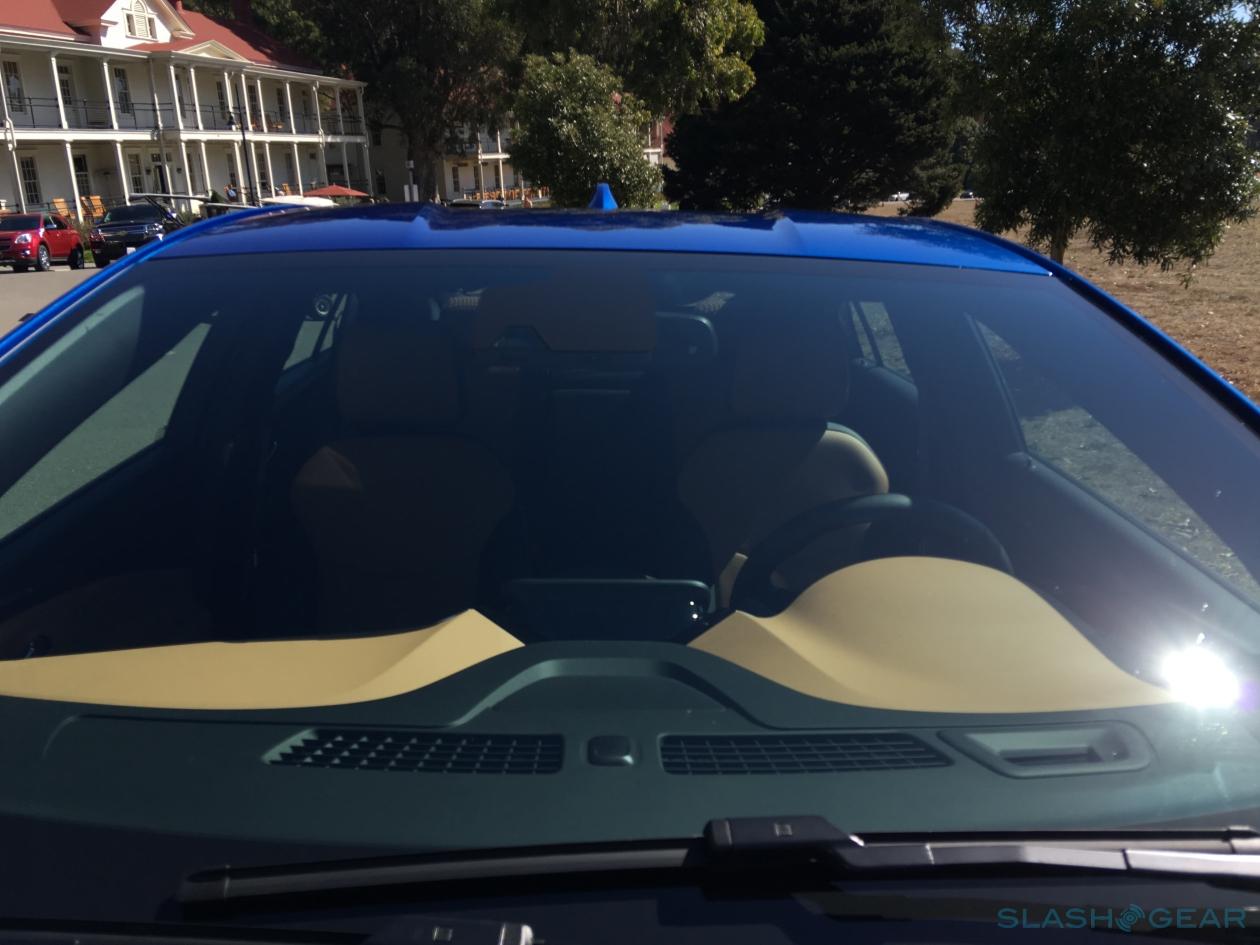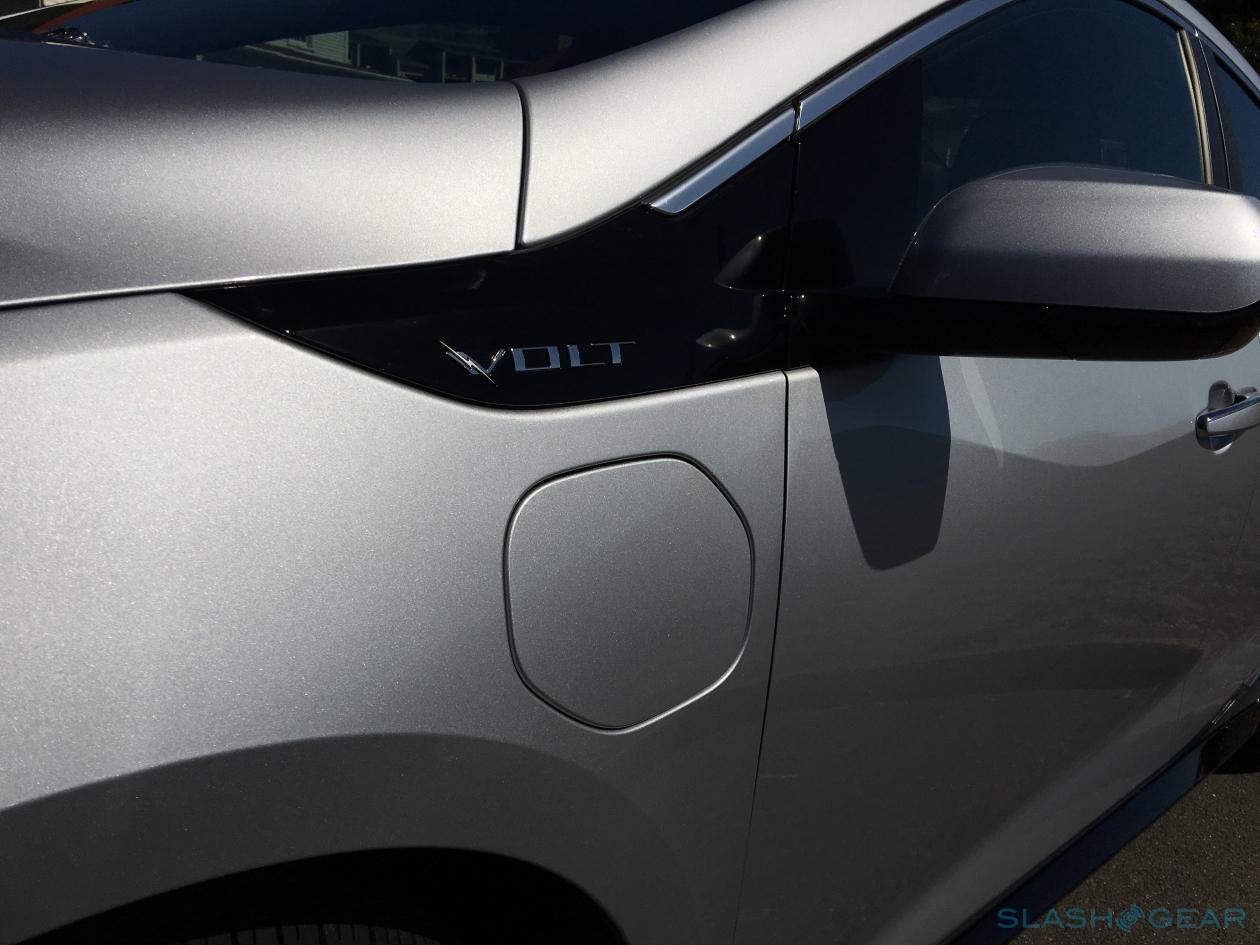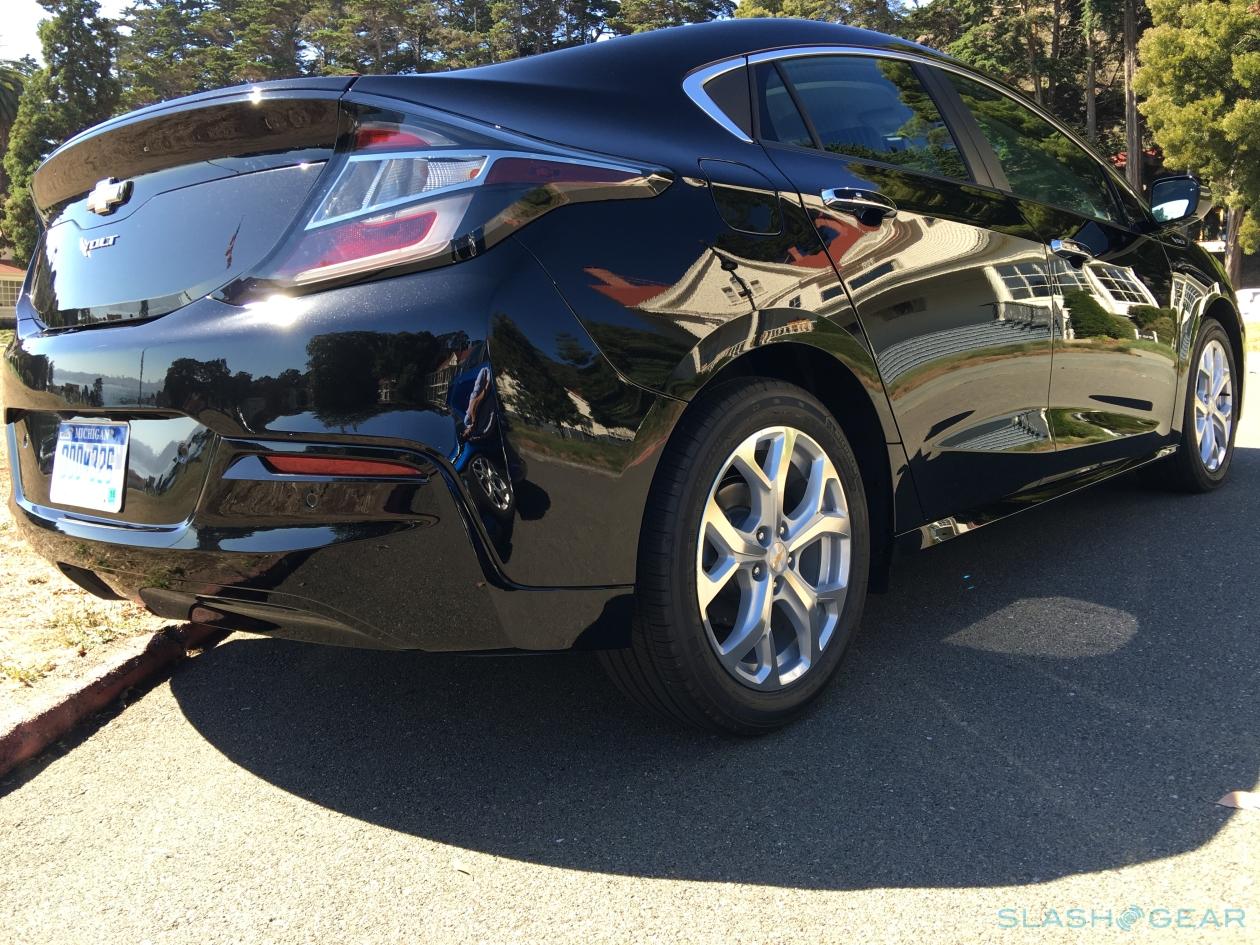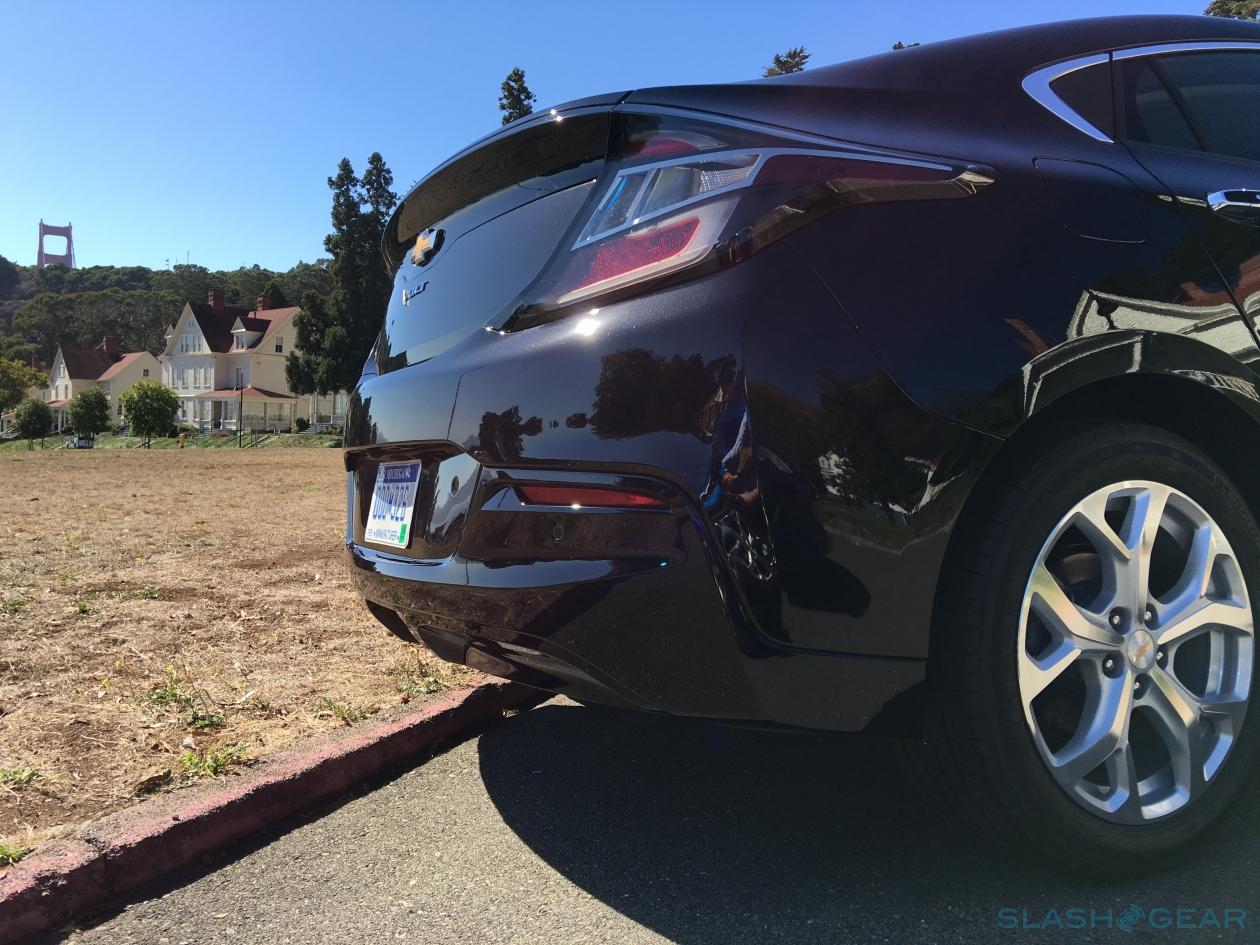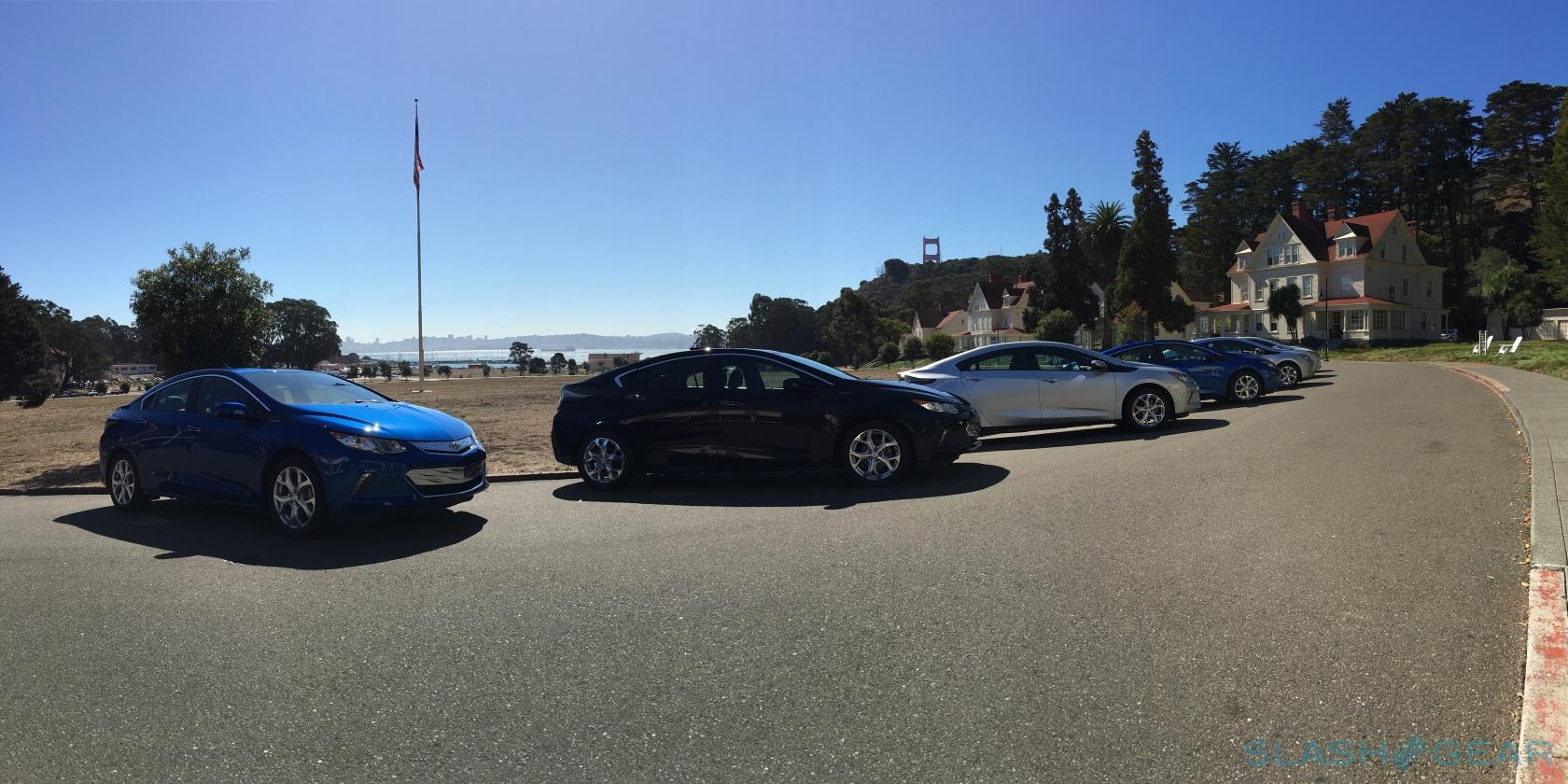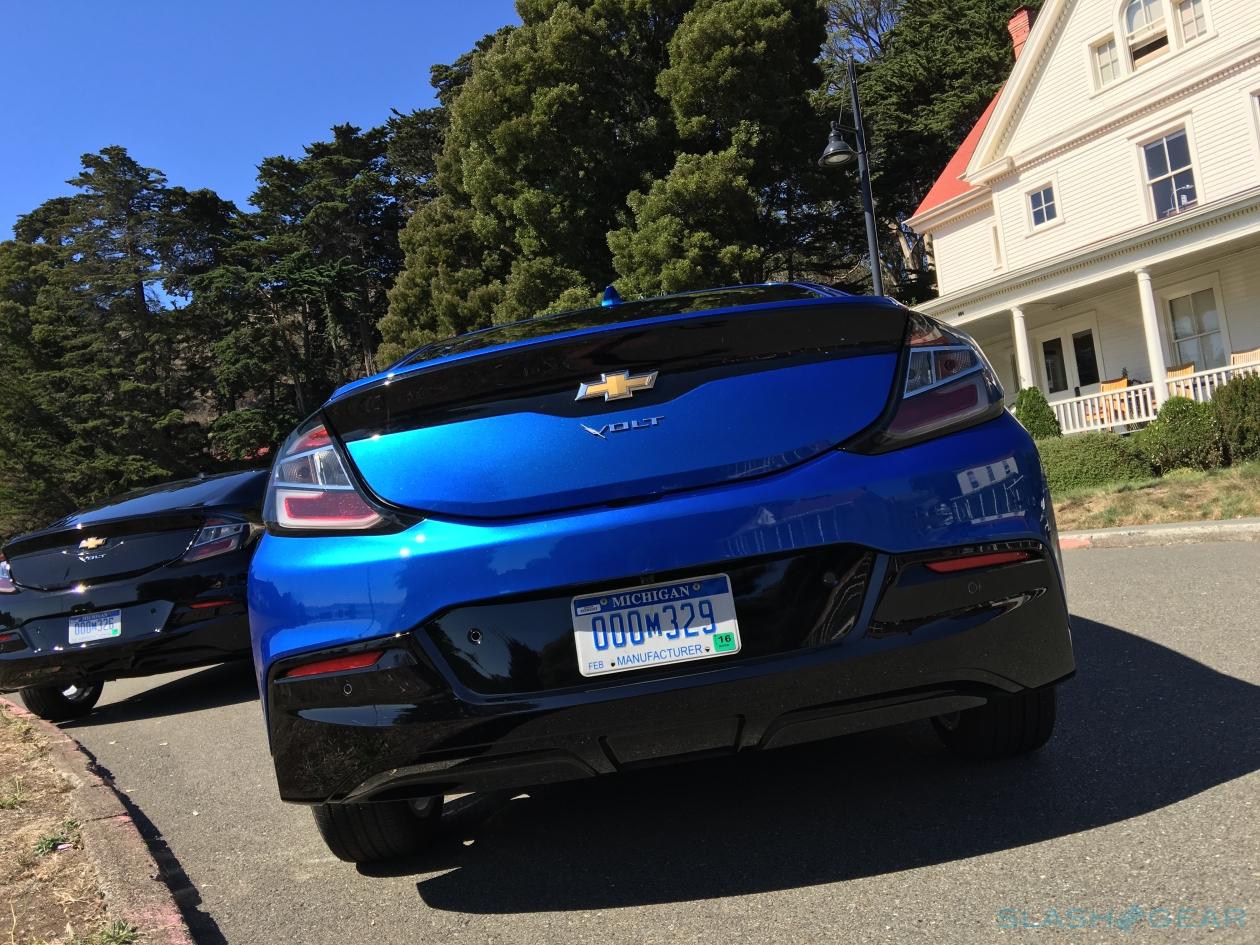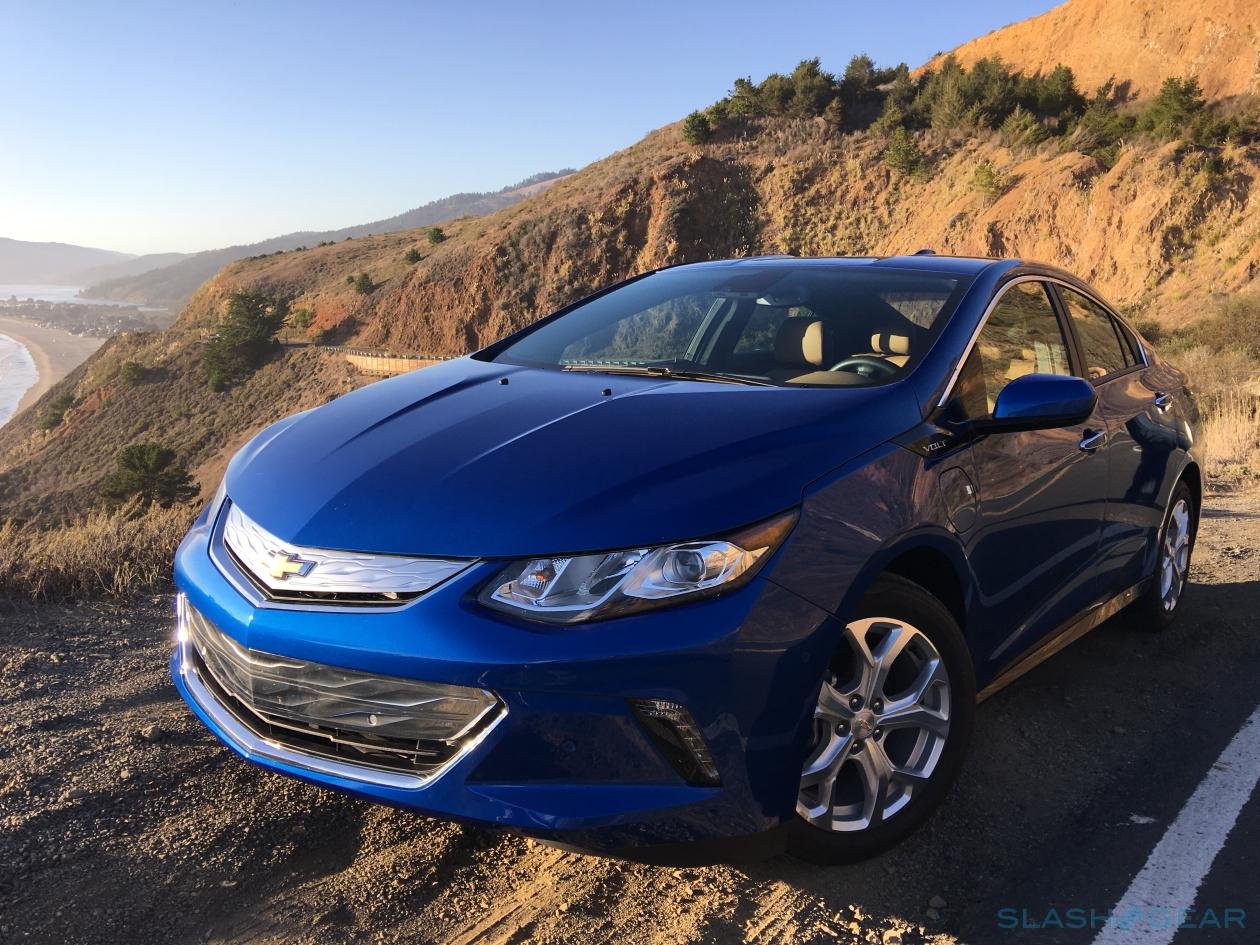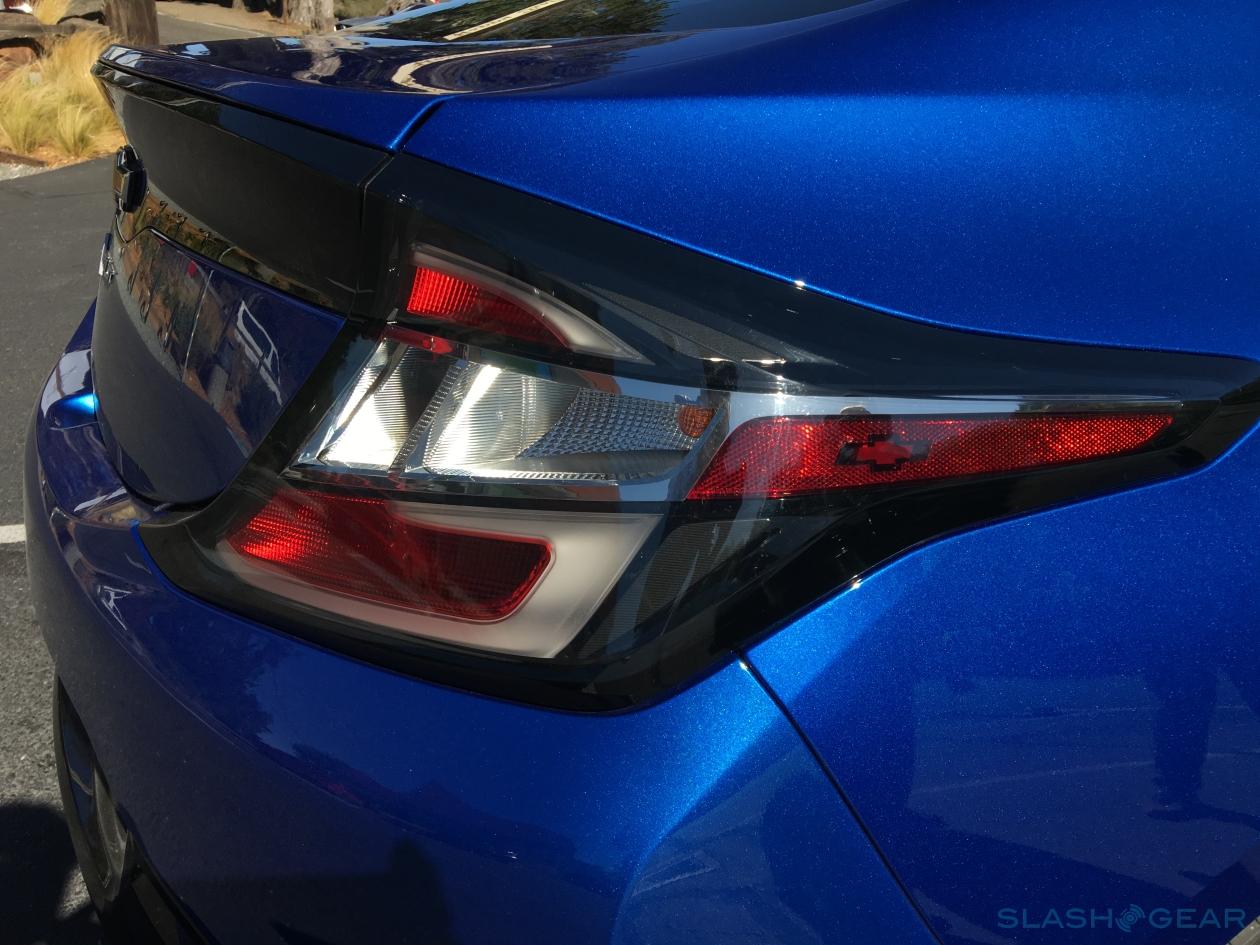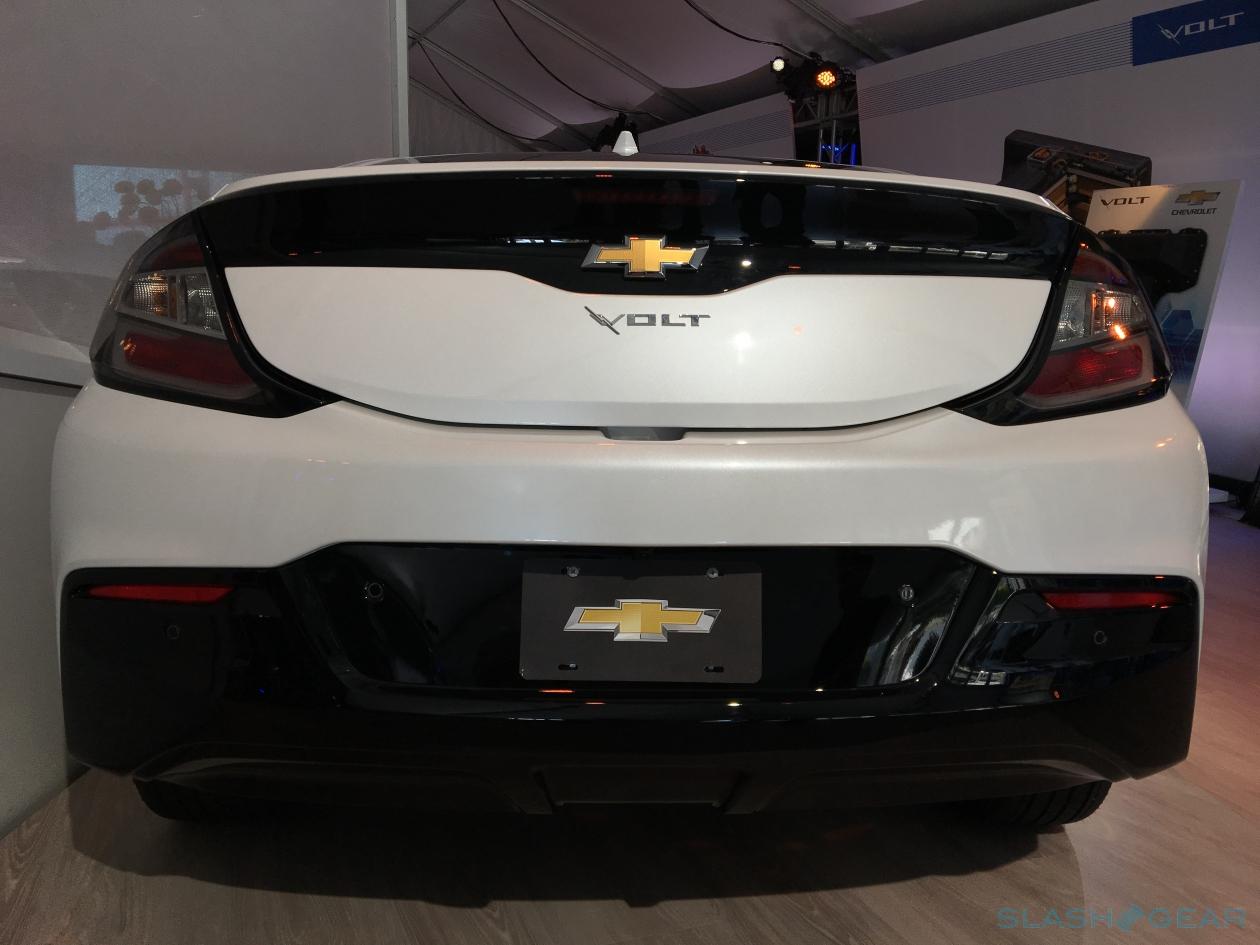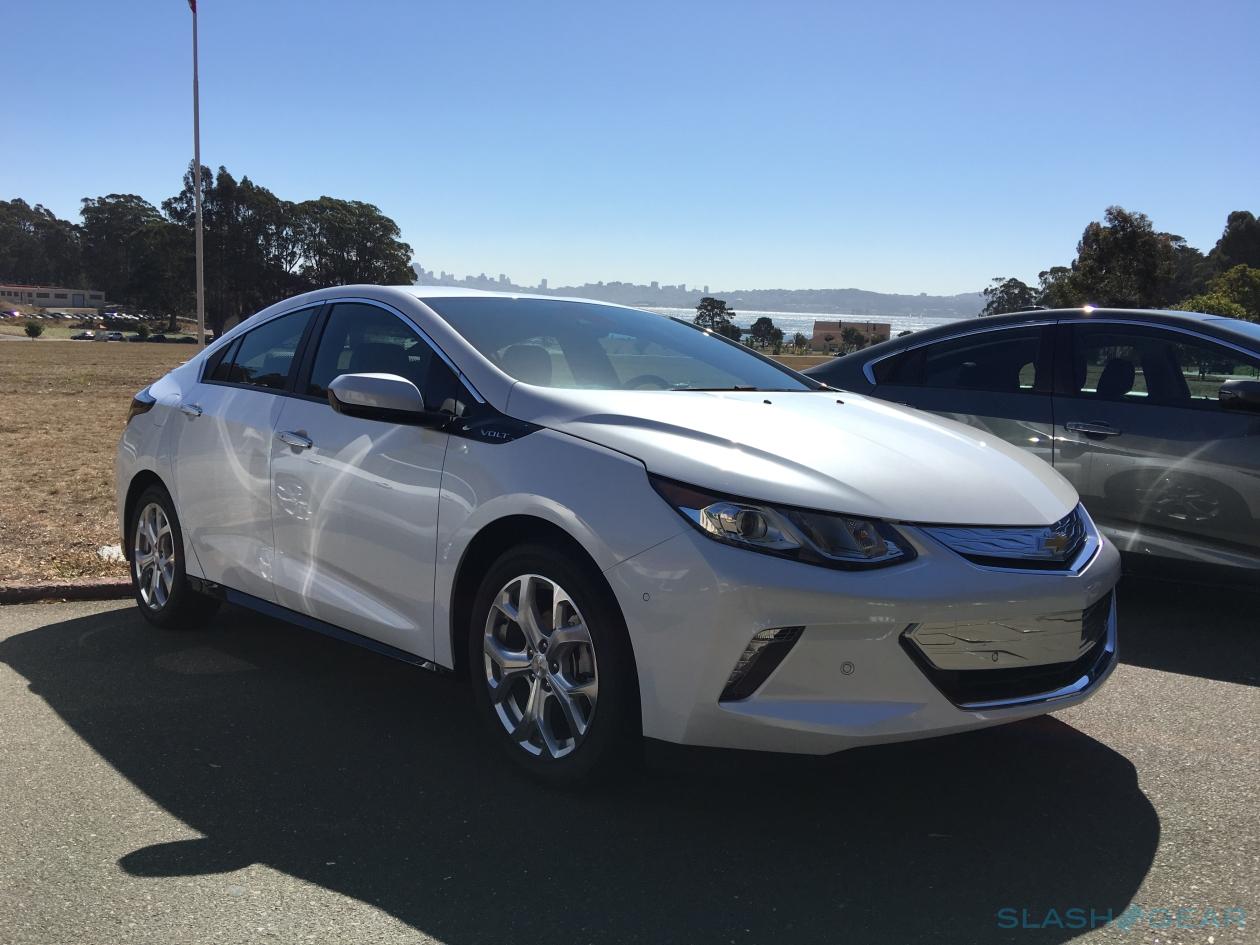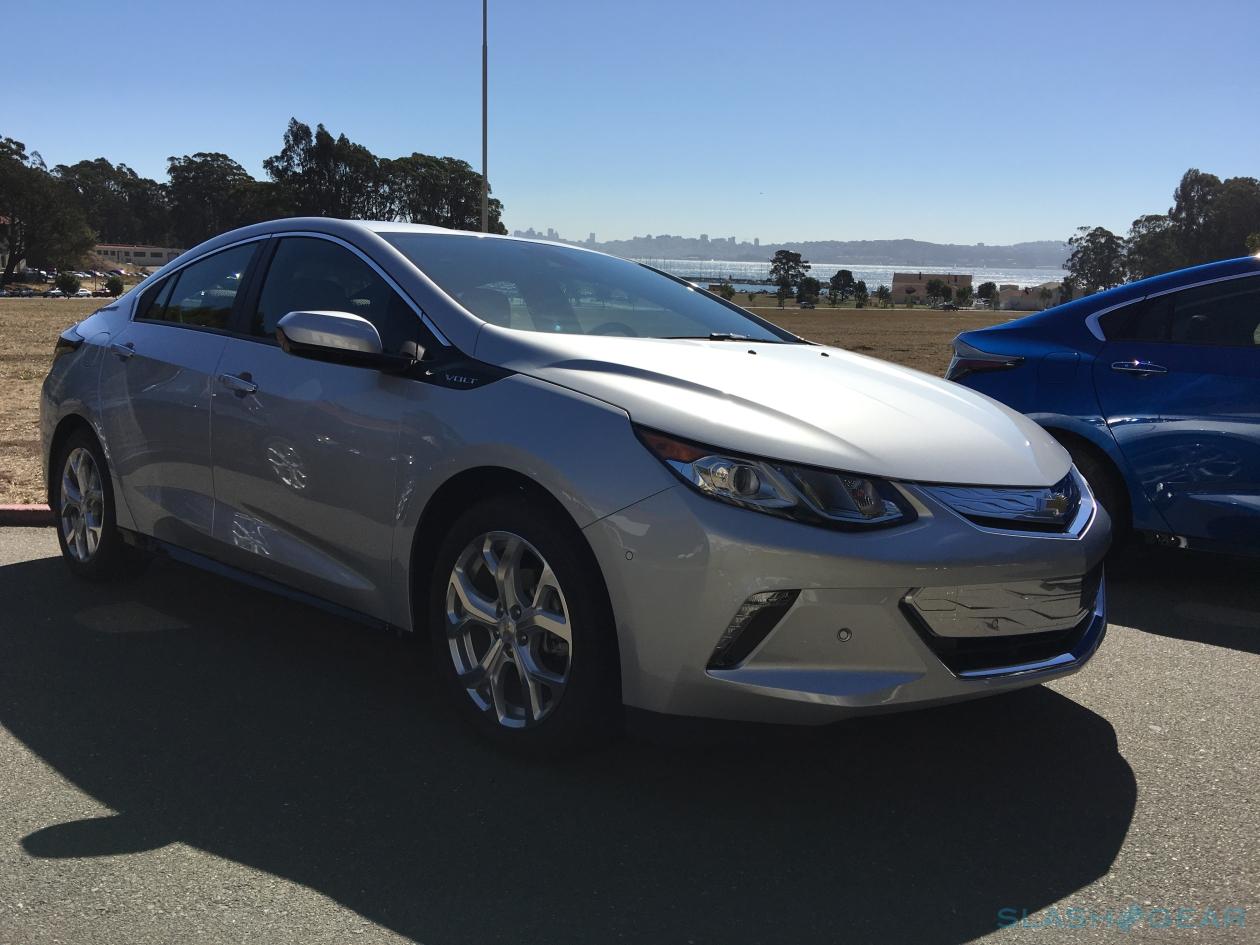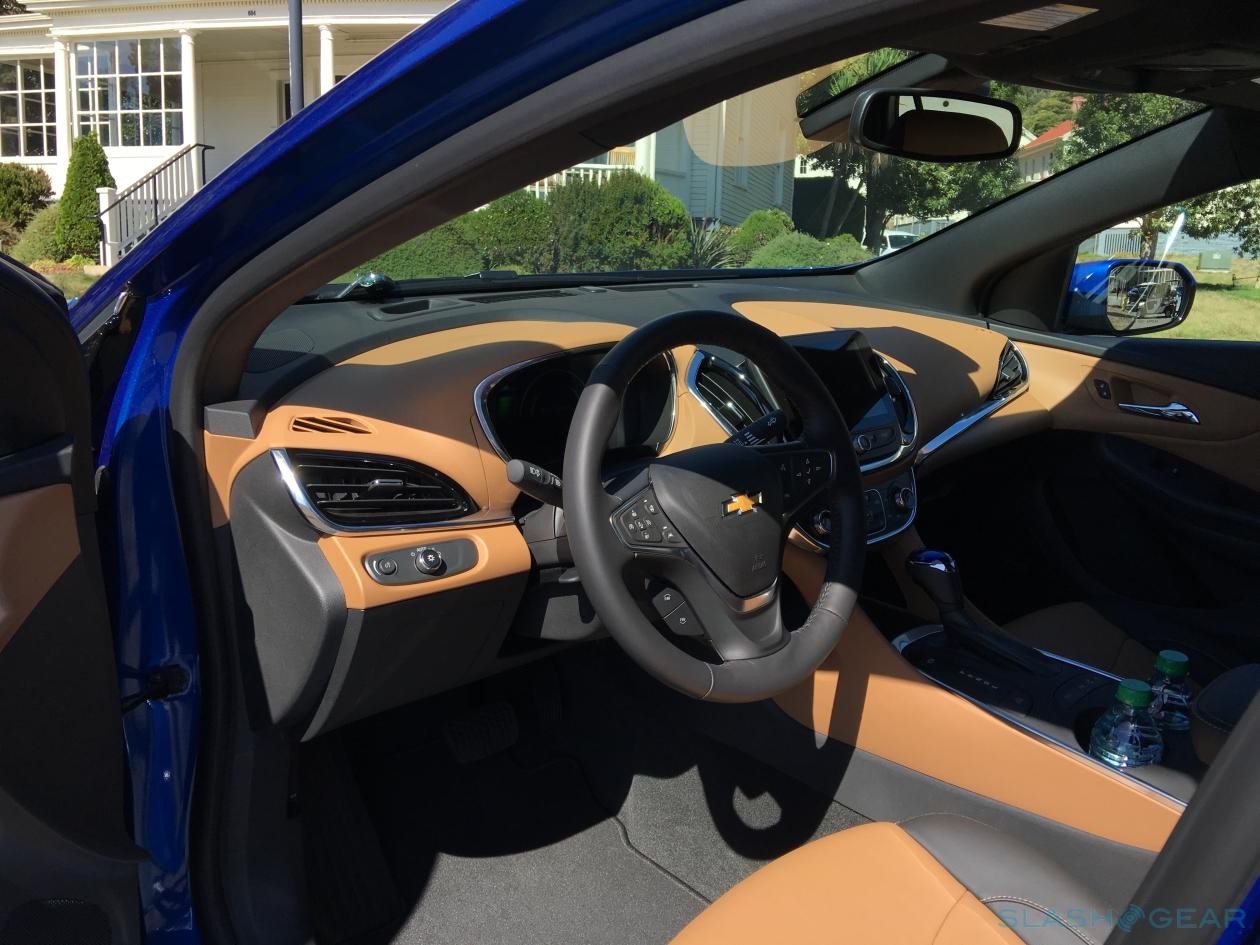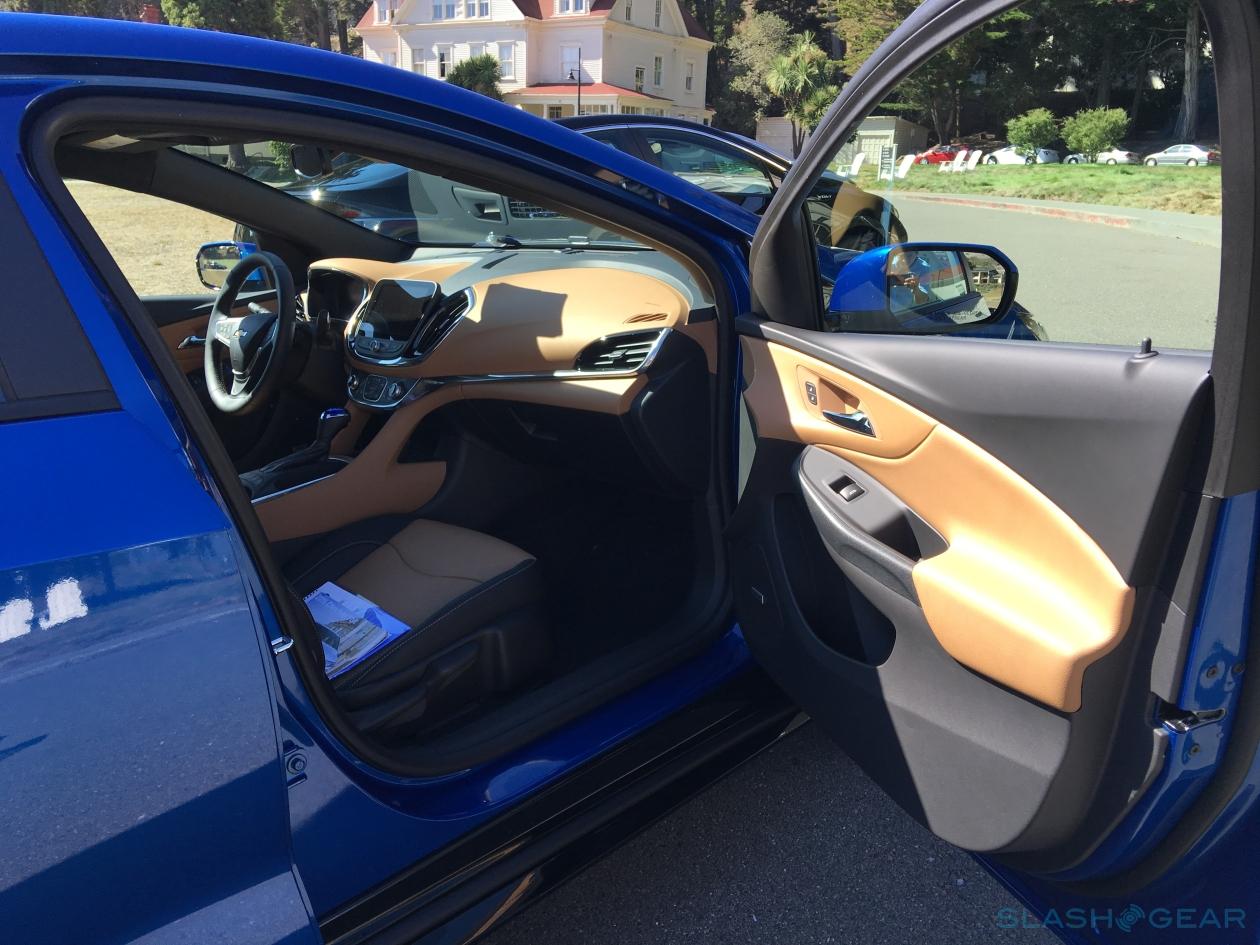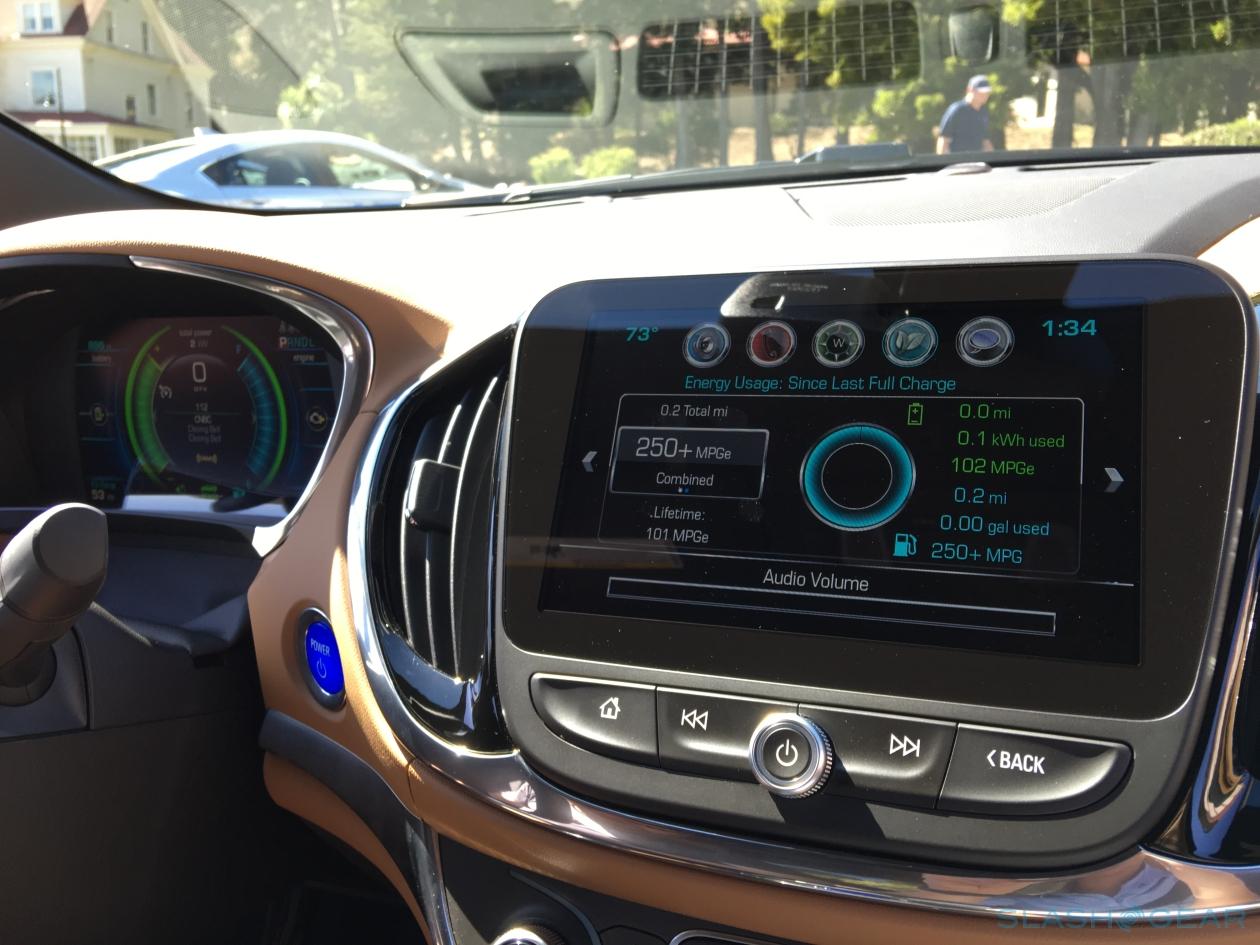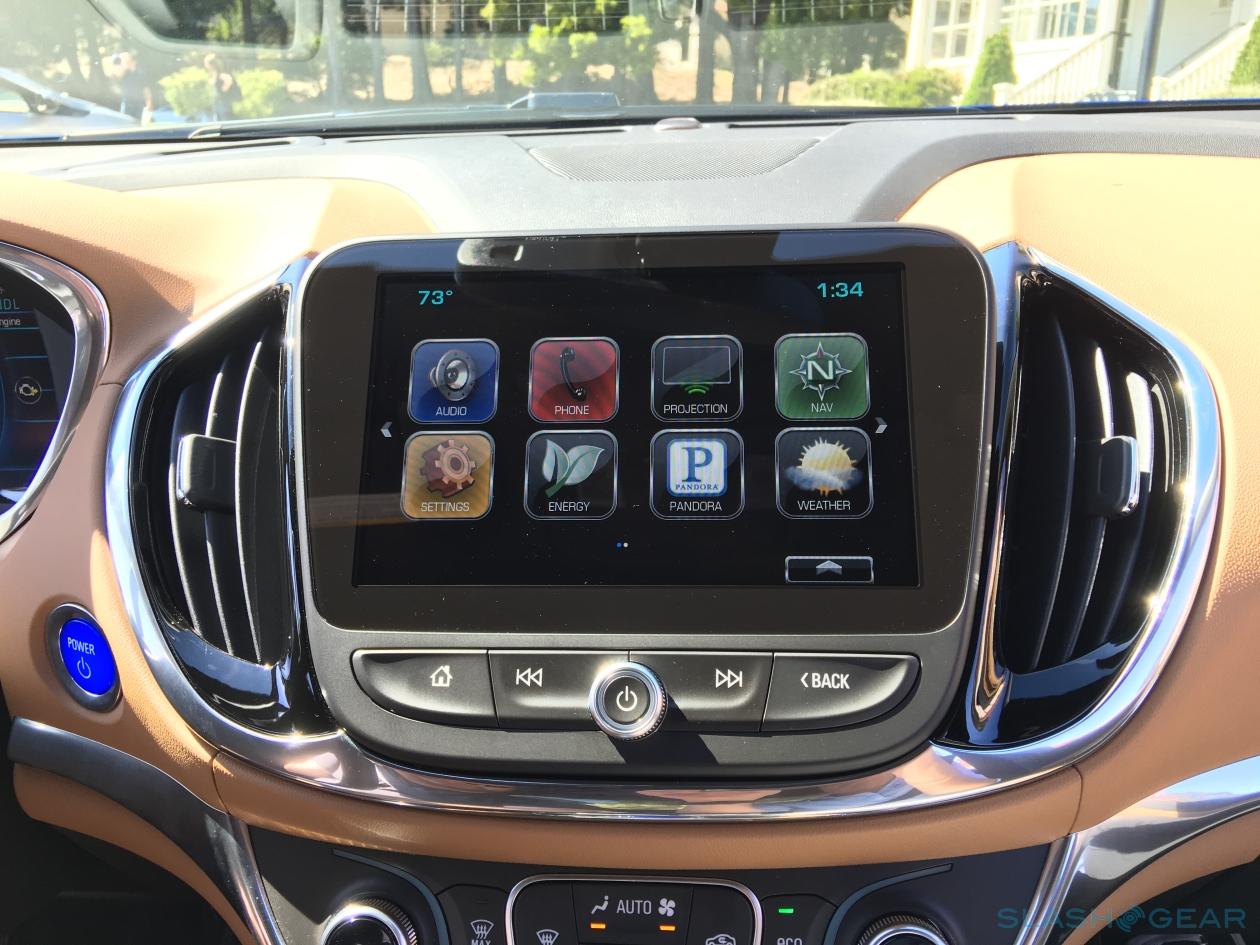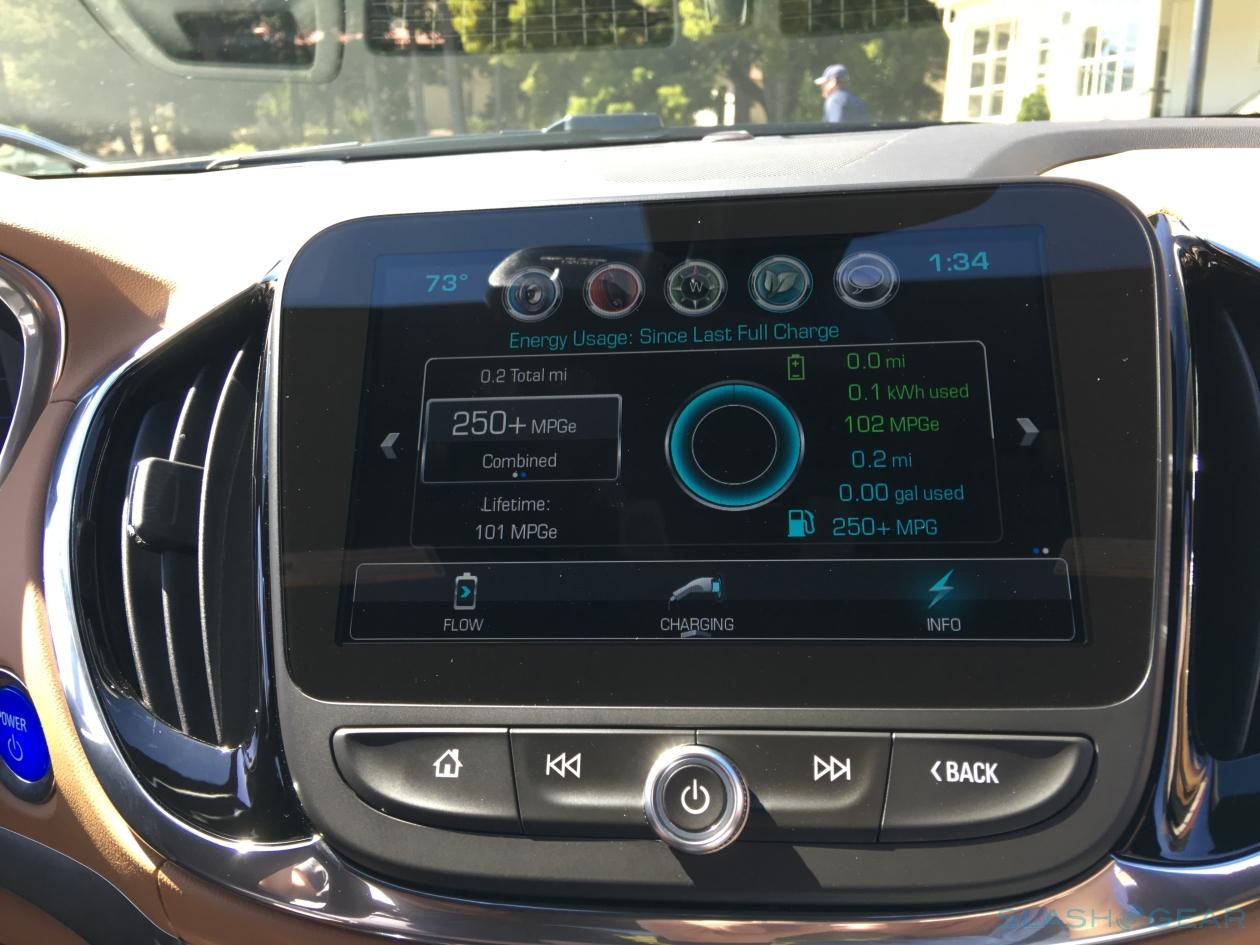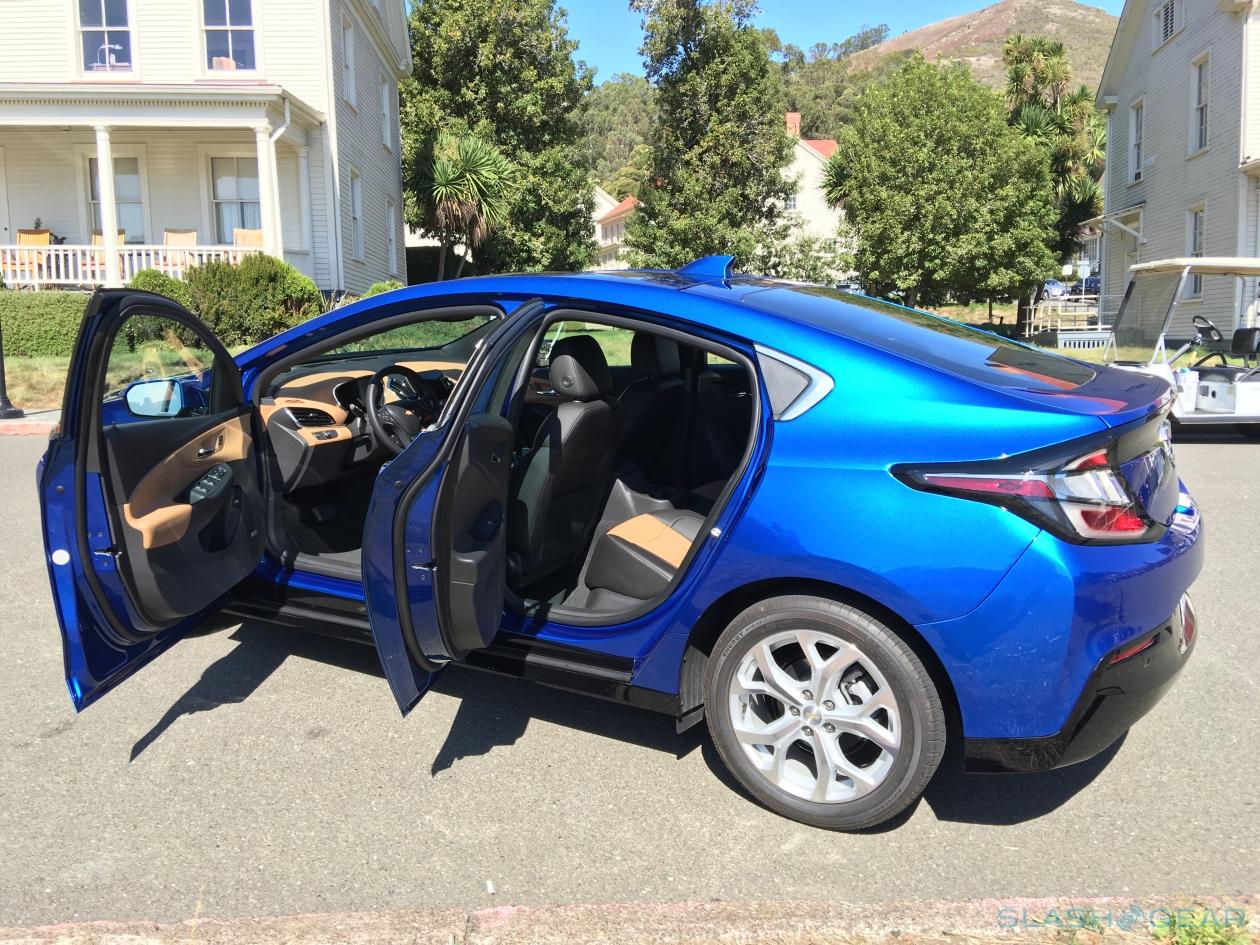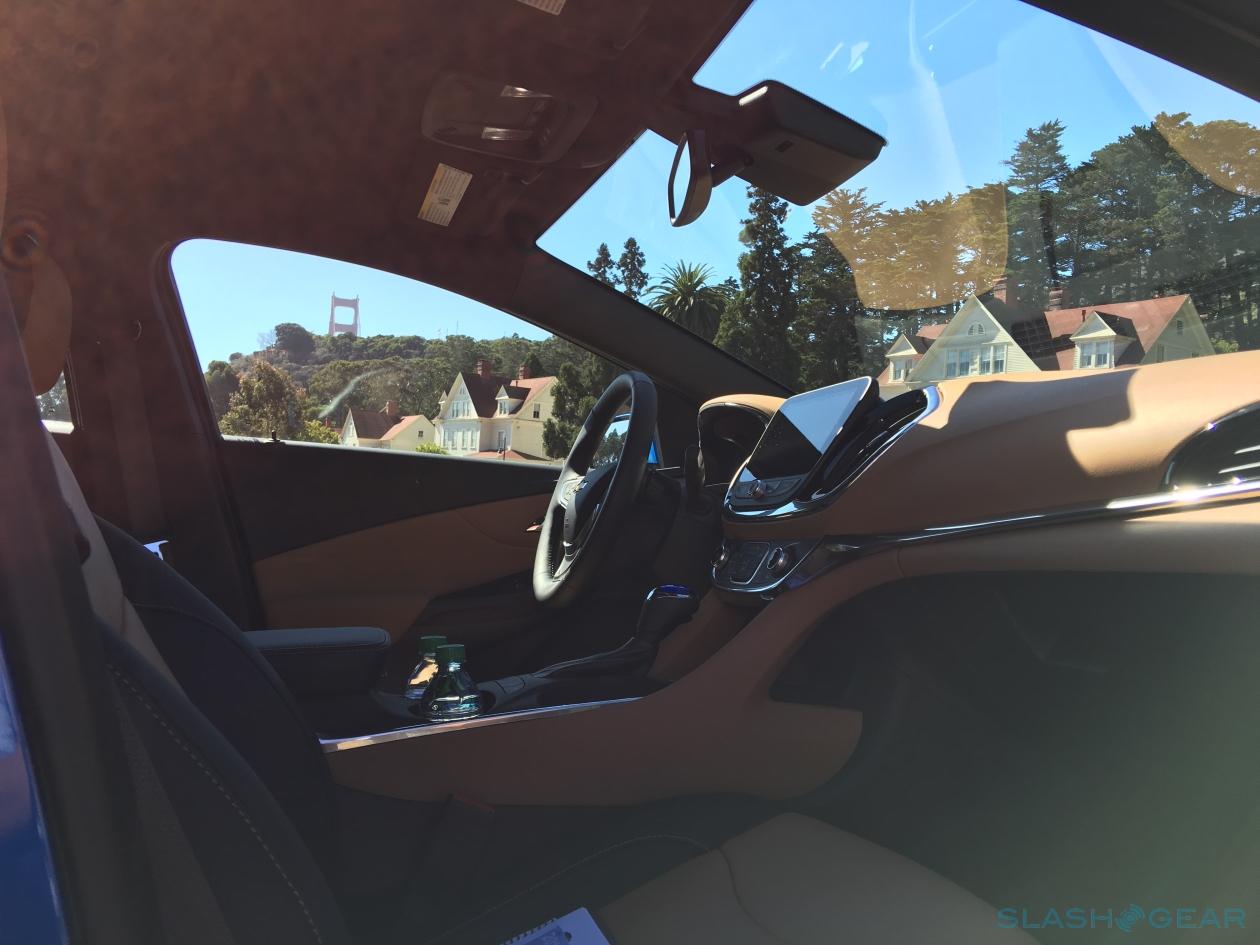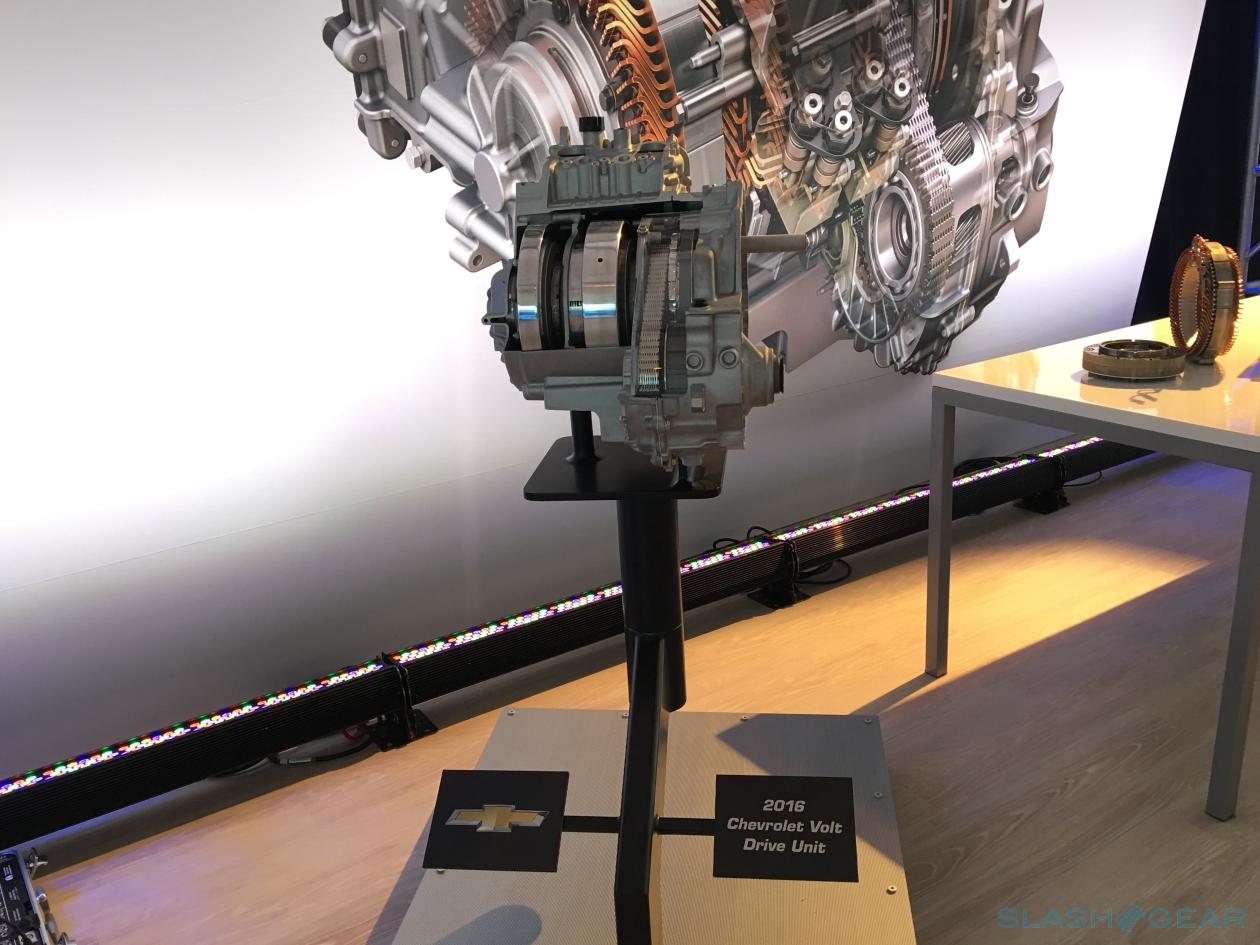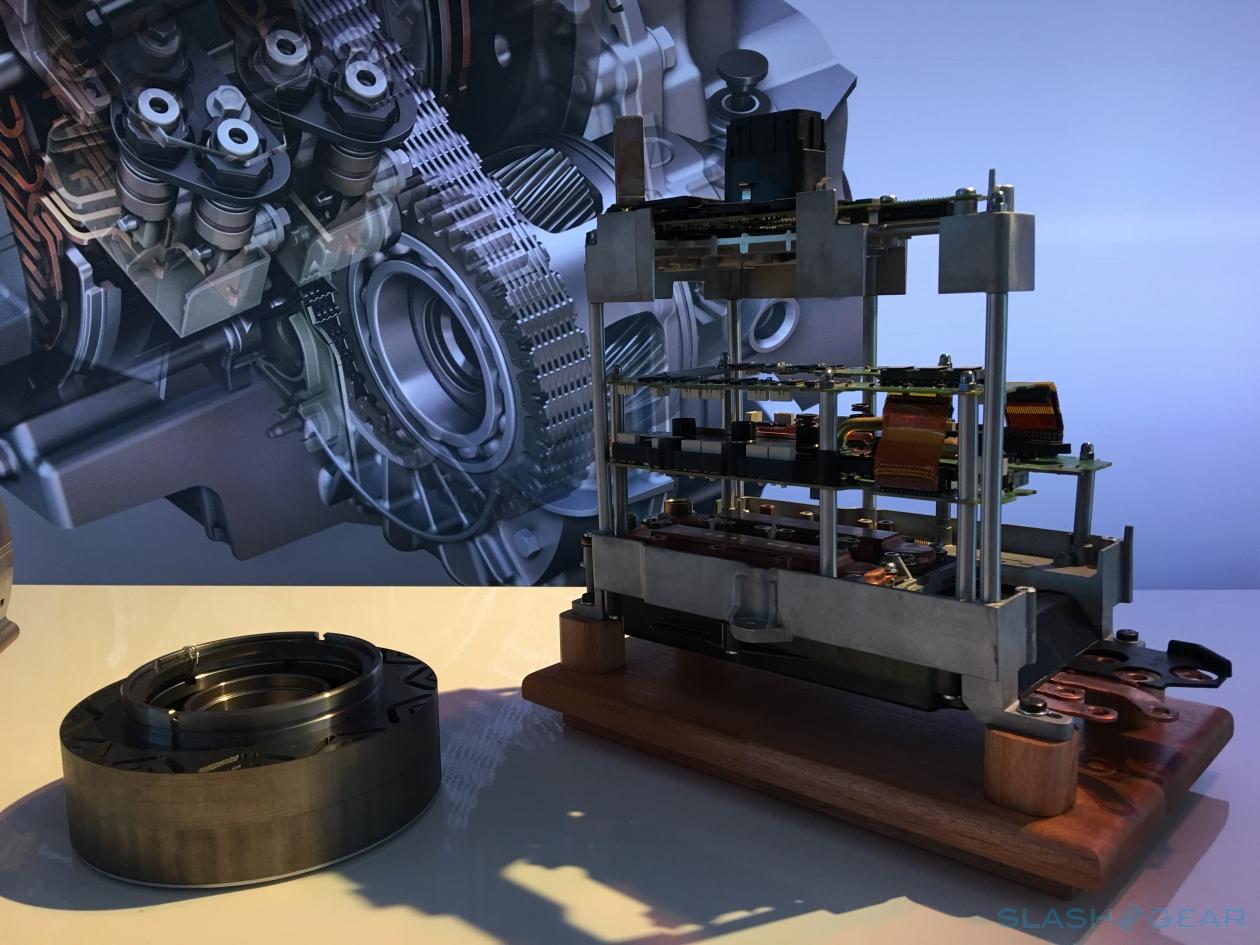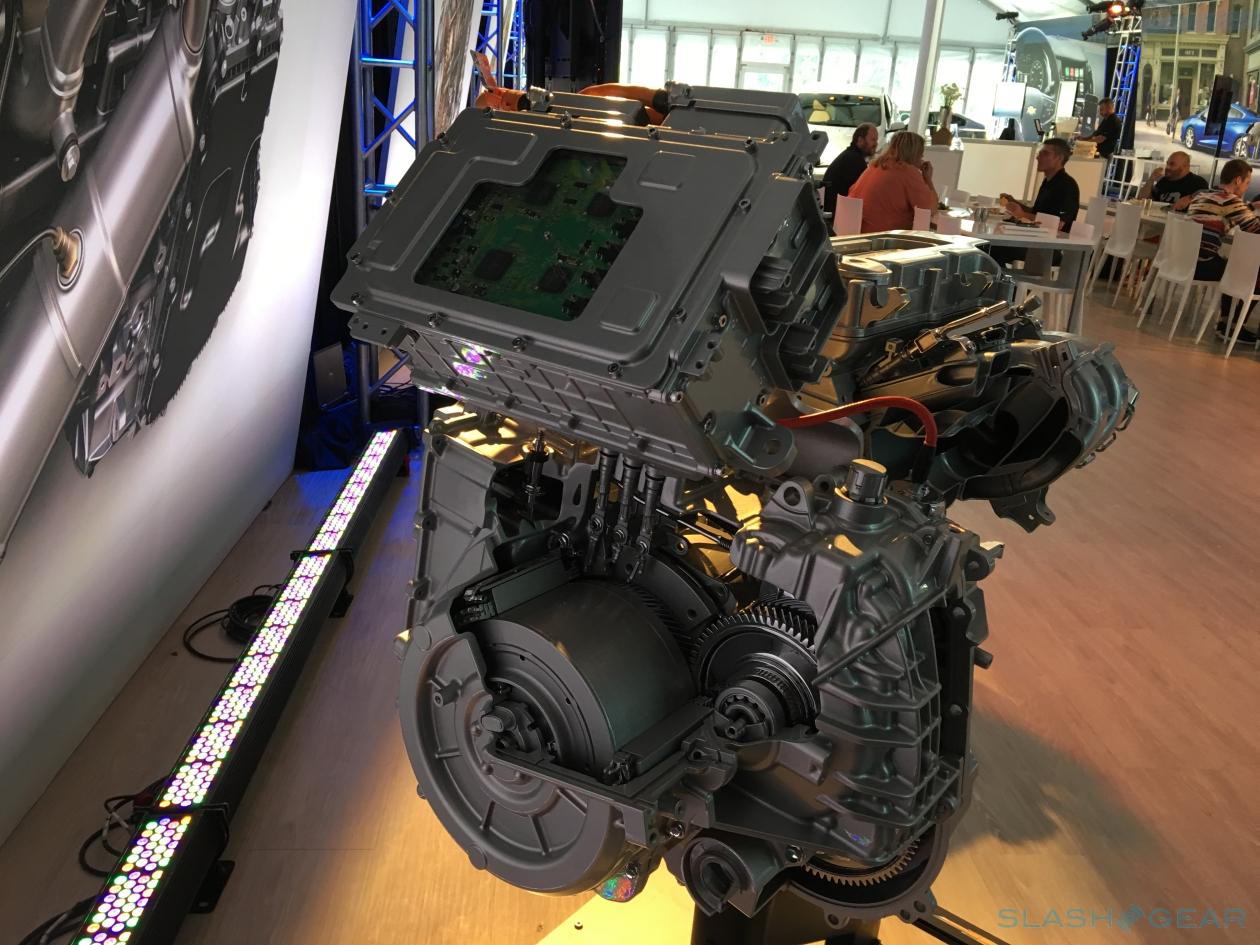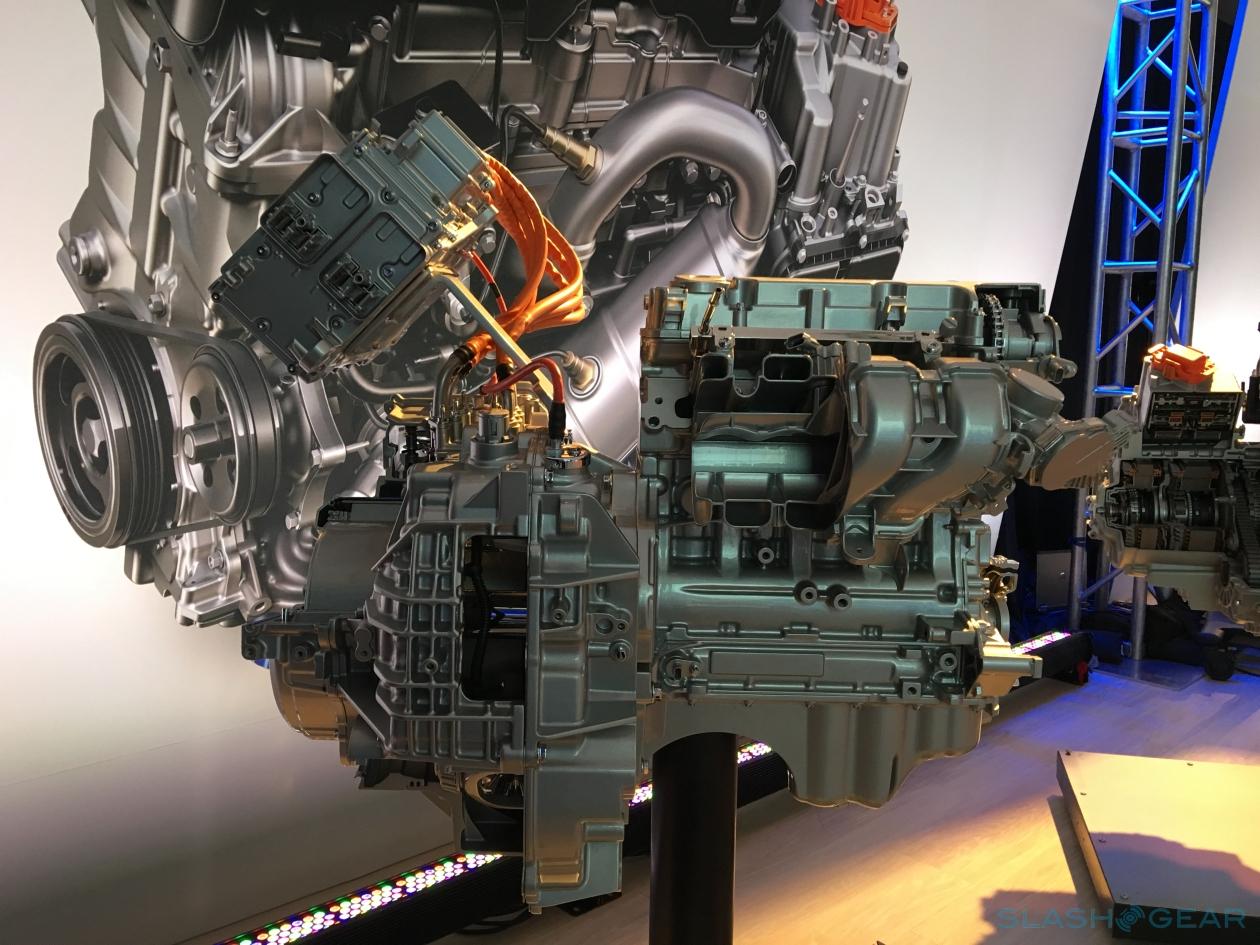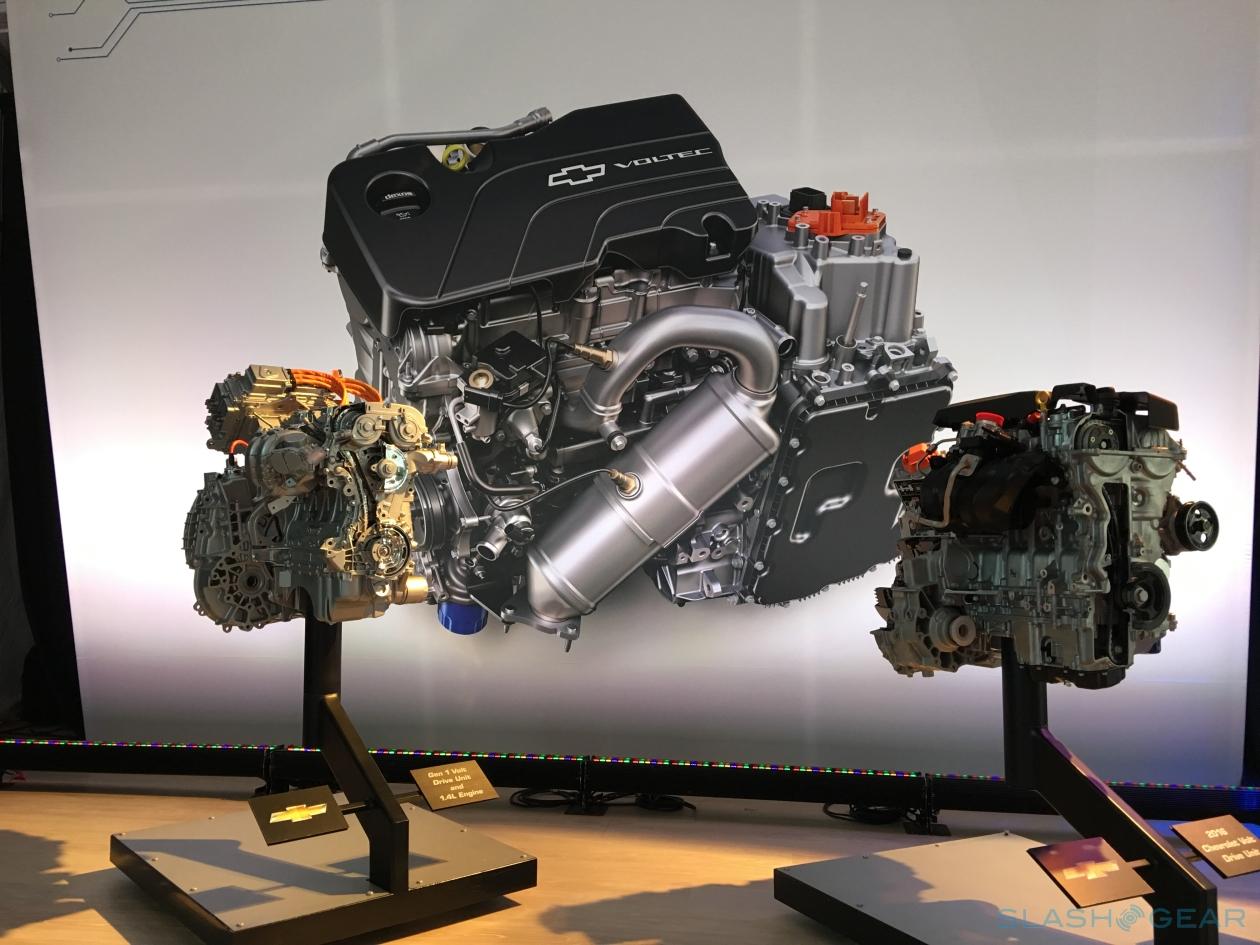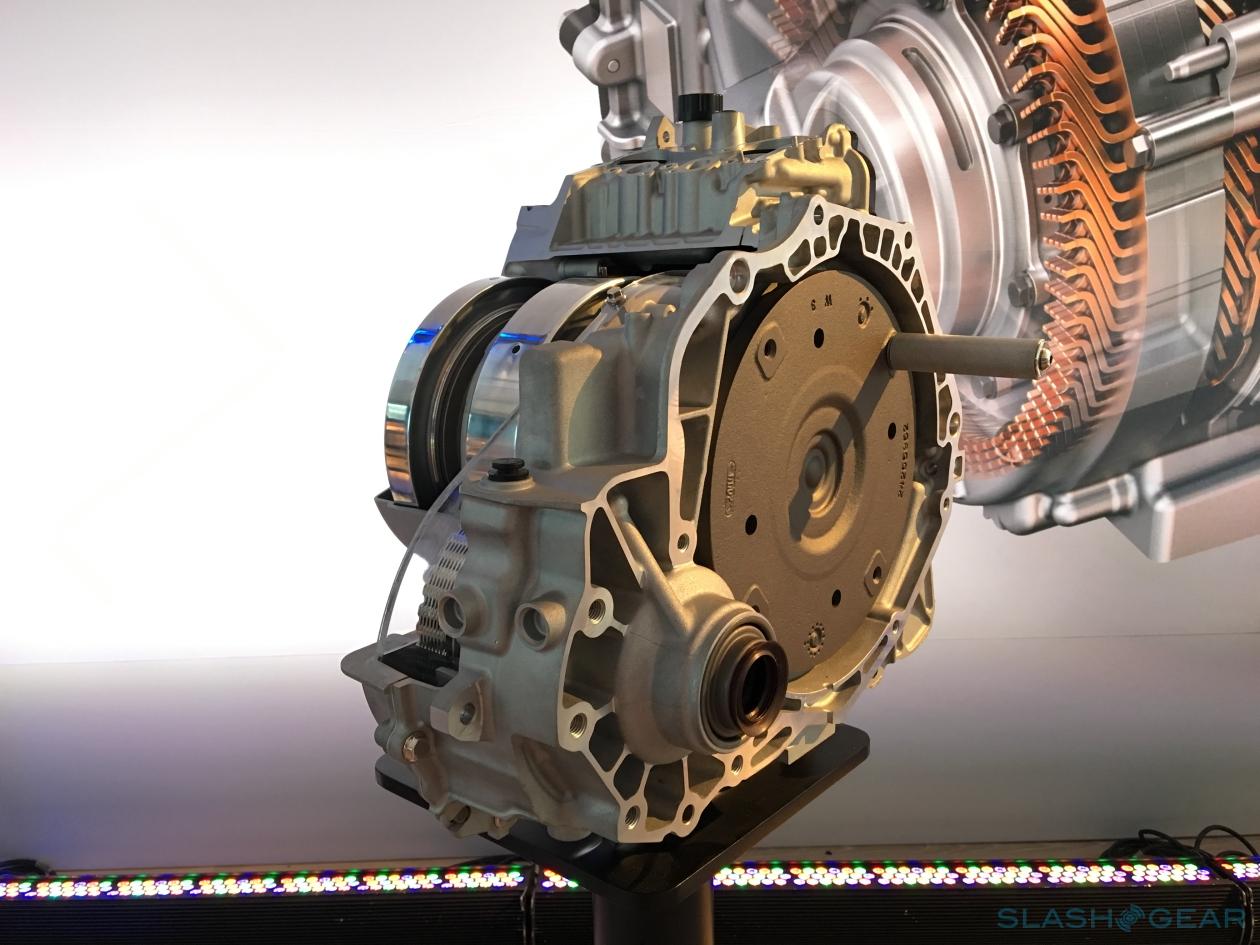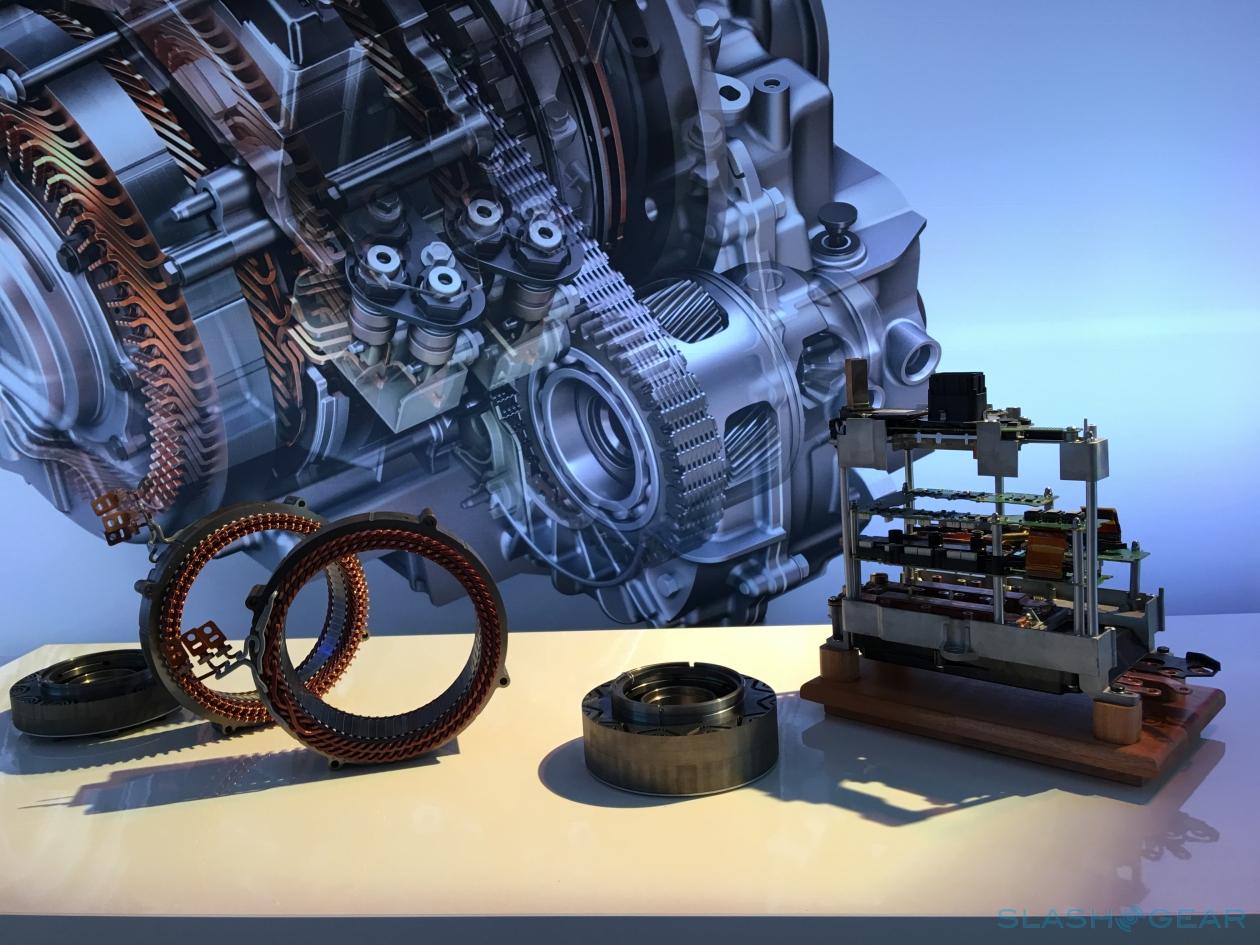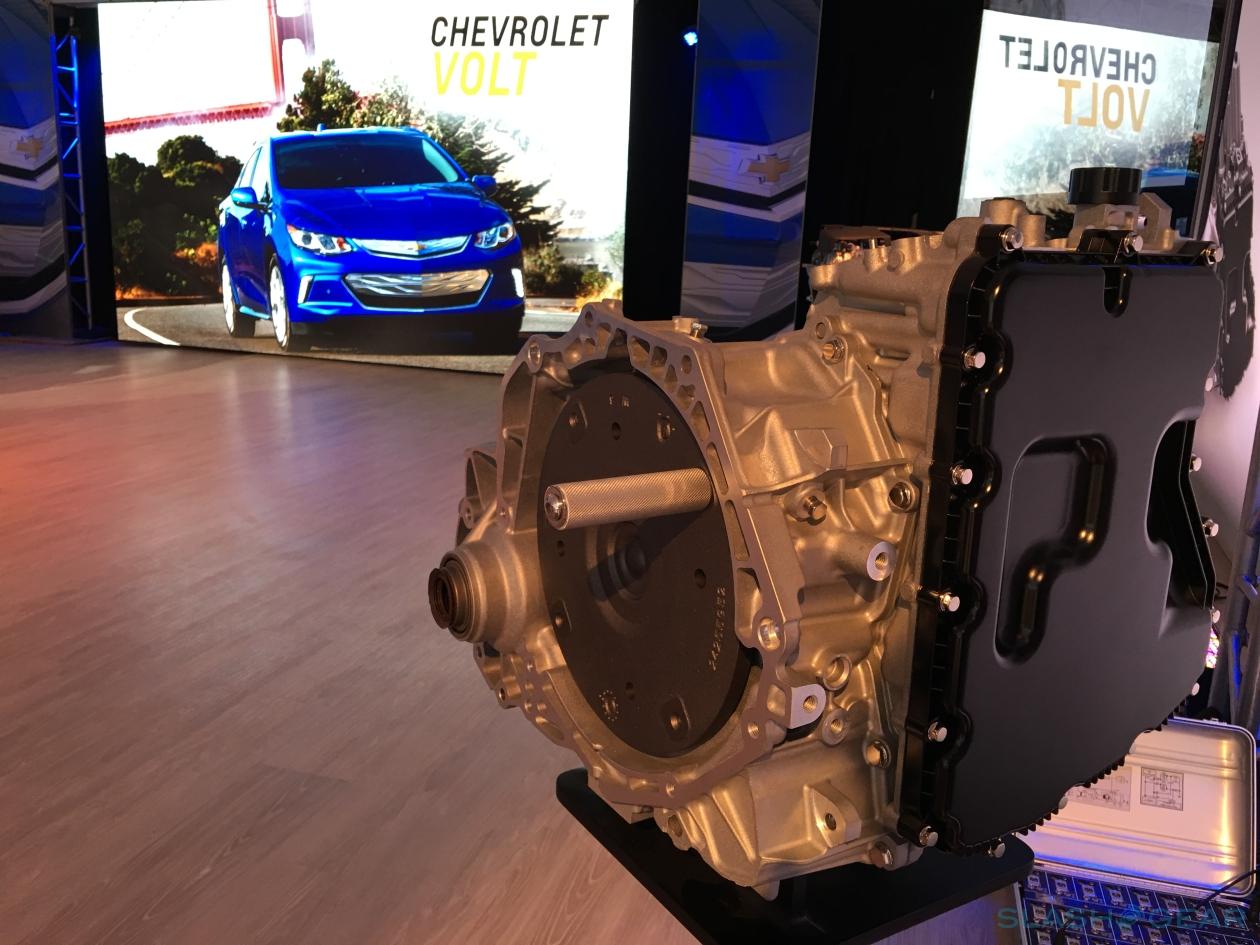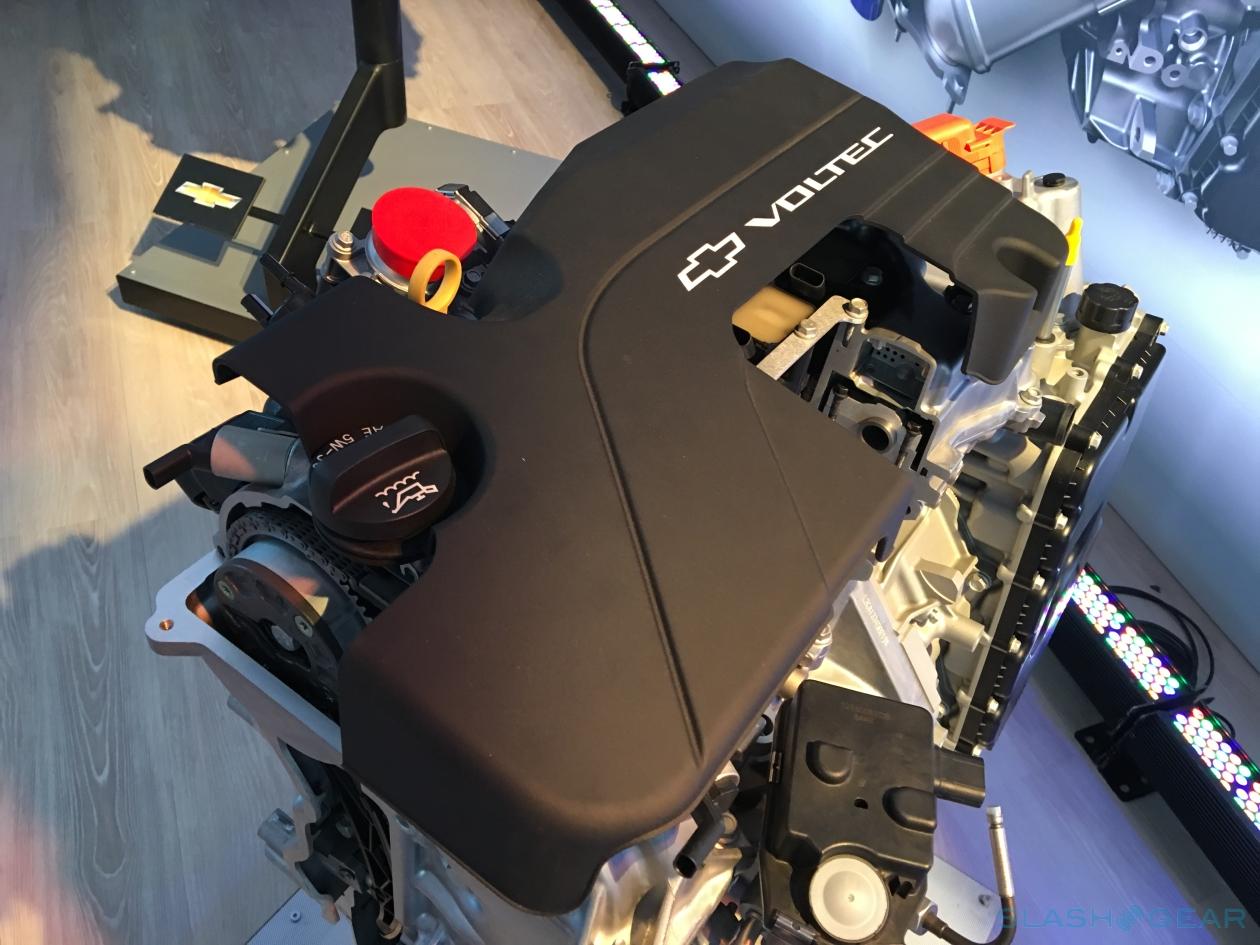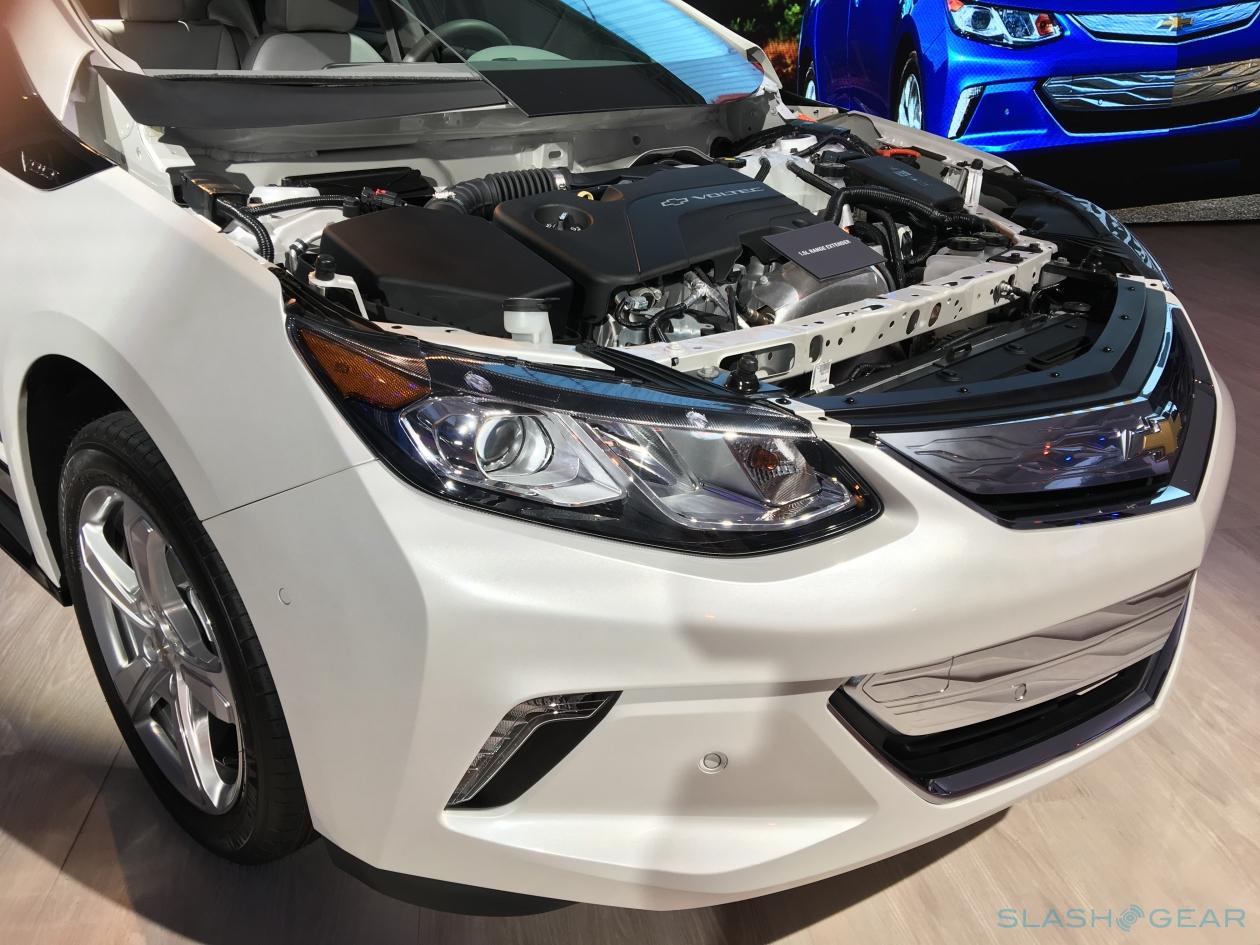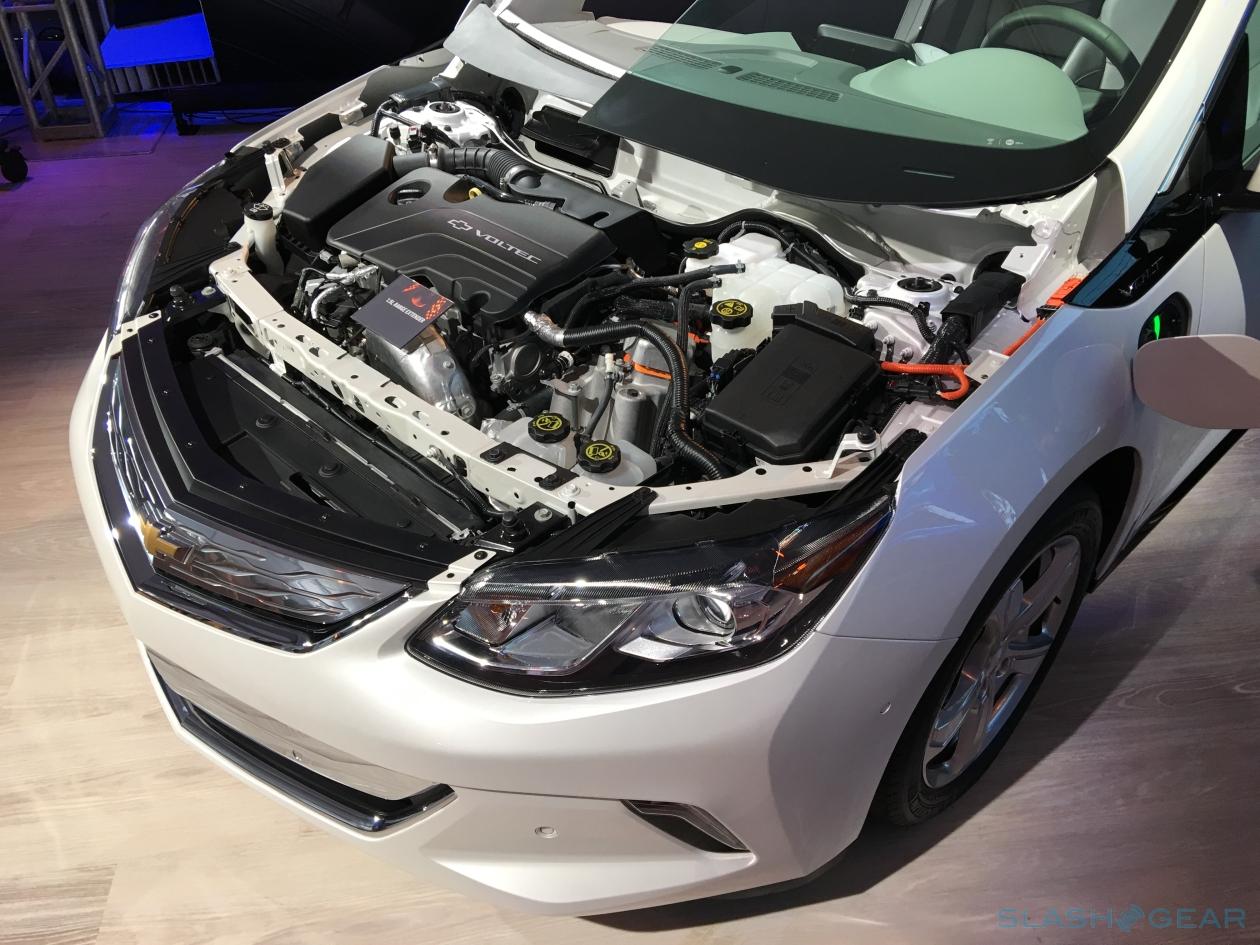2016 Chevrolet Volt First Drive
Not all electric cars are created equal and, as Chevrolet proved with the first-generation Volt, there's more than one way to wean drivers off gasoline. Fans of electric vehicles can debate pure-EV, hybrid, plug-in hybrid, and any other combination all they like; at the end of the day I'm a pragmatist, and so for me it's the Volt's ability to boost fuel-efficiency without introducing range anxiety – and without being too pious in the process – that makes the second-gen 2016 car so appealing.
Chevy has learned its lessons on the forecourt, some tougher than others, and the 2016 Volt is improved in every dimension. By the time you're reading this first-drive impression, and if you happen to live in the state of California, in fact, the new Volts are on a truck heading your way. Should you be one of the lucky ones that pre-ordered, then you should have the keys to yours soon.
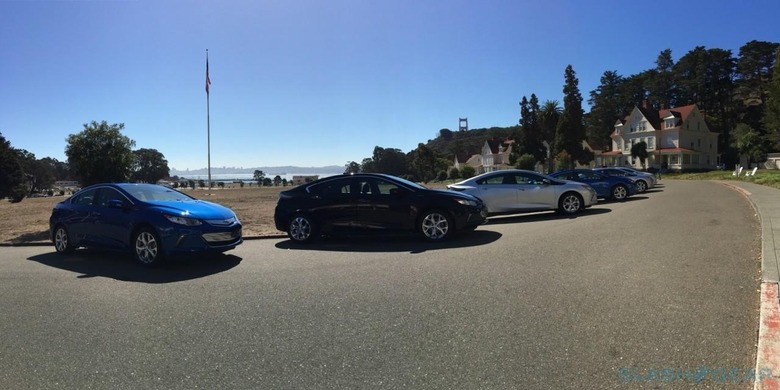
Full disclosure, I never cared for the first-gen Volt. Sure, it was clever with its combination of gas and plug-in electric powertrain – enough, you'd think, to have sufficient appeal for a tech and automotive journalist – but it was never a car for me.
Chevrolet has started fresh, though, ground-up and inside-out, and the new Volt is all the better for it.
Exterior - all new design and it doesn’t ooze geek
Beauty is in the eye of the beholder, but GM's design team has at least loaded things in the 2016 Volt's favor. While the new car may not pretend to be a sports car or even a wannabe-coupe with carefully masked rear doors, it does look like a modern 4-door sedan that happens to be sporty.
It's modern in every respect while still retaining the cool, shiny front grille from the first-gen, not to mention the hatchback which I'm a big fan of. Chevrolet tells me that, with the rear seats folded down into their near-flat position, rear cargo space will fit an entire bicycle with the front wheel removed.
Darin Gesse, Volt Product Manager, explained that the lower rear takes styling cues from the new Corvette, giving it a sporty look. The black back panel looks like glass, but it's really plastic, while the side panel is all-new too. Chevrolet sensibly got rid of the plastic strip running the length of the car at the base of the windows, which had led some owners to opt for darker body colors in the hope of hiding it.
There are some eye-catching touches, too. The charging connector is located on the driver's side and, at night, it glows pleasantly. All around the harder lines of the old car have been smoothed and made more harmonious. "The new Volt was designed with having the sheetmetal molded with the wind in mind," Gesse told me, "so that it's kinda like how sands were molded in the desert by the wind."
The result is a car that looks like properly grown-up, or from another angle a car that looks proper for a grown-up.
Interior - redesigned, refined and borderline luxurious
Hatchbacks aren't traditionally as popular in the US as they are abroad, but the 2016 Volt could do a lot to boost their reputation. For a start there's the cargo space I mentioned, capacious without the back of the car being misshapen. In a car that's all about proving electrification can be practical, that's important.
Chevy managed to fit in a fifth seating position; well, more like a hump, and someone would really need to take one for the team to be sat there. Personally, I think the rear is just fine, with space for a booster seat as well as a baby car seat for my 5- and 2 1/2 year old girls. Other than that, though, I wouldn't torture any fully-grown adults to sit back there in the center spot.
Up in front, the I also like the two eight-inch displays – one for the driver and the other in the center stack that's touch-enabled – which replace the dire, all-touch infotainment system of the first-gen Volt. There, a misguided Chevrolet confused iOS-style touch as being synonymous with futuristic; this time around, there's just enough styling and dashing blue lighting to keep things fresh without impeding on actual functionality.
The angle of the display is just right, and the mixture of physical and touch controls are placed neatly within reach. Apple fans will be pleased to hear that CarPlay works as expected, while Google devotees get Android Auto instead. Whichever phone you use, there's a sliver on the right side of the gearshift dedicated for it, and even with a cable plugged in I found my iPhone fit nicely.
Dual Electric Motor - If Tesla were alive he’d be proud
If the first-generation Volt was a great idea with mixed execution, then nearly every single thing about the second-gen dual-electric motor is nothing short of magnificent. Whether driving on pure electric or gas, I found it to be quiet, zippy, and a whole lot of fun.
The changes are considerable, so let's focus on the high points. Chevy shaved off 130 pounds from the powertrain alone, dumping the iron block for an aluminum alternative. The new 1.5-liter engine pumps out 101 horsepower on regular unleaded gas, whereas the old, 84 horsepower 1.4-liter four-cyclinder demanded premium fuel. When gas and electric engines are working together, there's a total of 149 horsepower, but it's the hefty 294 lb-ft. of torque that gives that typical EV shove-in-the-back from a standstill.
When you run out of electric power the gas engine kicks in, but you'll hardly notice it happen. Given the death-rattle some stop-start engines muster when they groan back into life, I paid particular attention during my drive to the Volt's switch-over. In fact, I could barely notice the difference, and that's listening out specifically. With the usual distractions, I'd wager you wouldn't even spot it happening.
How did GM get the Volt engine noise down so low? According to Andrew Farah, Volt chief engineer, "what it comes down to, with the new higher-compression, direct-injection, large-displacement engine, is that we can get the same amount of power at any point we want with lower rpm. And lower rpm translates into lower noise."
It's an astonishing improvement, and one which the on-paper details don't really communicate. Even though the twin motor strategy might be the same, Tim Grewe, Chief Engineer of Electrification, told me, every single part between the first- and second-gen Voltec powertrains is different.
So what gives this engine an edge above the rest of the EV pack? The obvious feature is what Chevrolet refers to as the "range extender", a way to bypass anxiety around just what the battery gage is telling you.
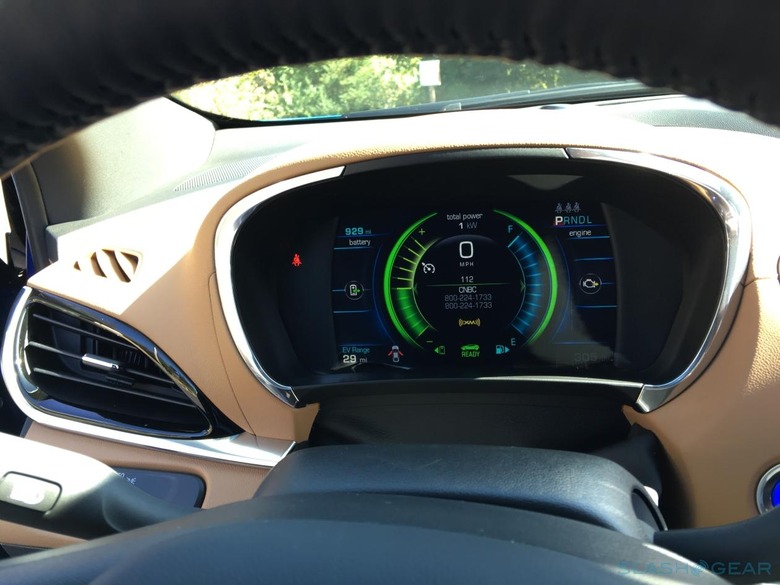
Officially, it's possible to drive up to 53 miles on battery power alone, but you can potentially go higher if you're careful with the accelerator and brakes, and know when's best to use the new regen paddle.
That's borrowed from the Cadillac ELR, a small control behind the wheel on the left hand side, where you might expect to find a paddle-shifter if the Volt had traditional gears. Squeeze it, and regenerative braking kicks in, using the motor as a generator and allowing the slowing of the car to in turn add a little power back into the batteries.
It's a system that came into its own during my hours cruising up, down, and carving through Highway 1, where I was able to use the paddle to more aggressively regenerate charge versus using the regular brakes.
Chevrolet also equipped the Volt with "L" or low mode, which uses the engine motor to brake the second you lift off the gas pedal. Think along the lines of engine braking in a traditional gas car. However, it recommends that "D" or drive mode is used when driving on the open road with less frequent stops planned. There, kinetic energy is your friend, since when the Volt is already in motion lifting off the gas disengages the engine, allowing it to effectively coast without touching the battery.
In all, Chevrolet expects that second-generation Volt owners can drive at least 1,000 miles before they have to put anything into the 8.9-gallon gas tank. Even if you're relying on fossil fuels, it's rated for 42 miles per gallon. That being said, Chevrolet believes that owners will do most of their day-to-day commute on pure electric, seeing an EPA-rated 106 mpge.
That doesn't describe quite how straightforward the Volt is to drive, though. In fact, you can treat it as pretty much a a "one-pedal" car, thanks to how aggressive at recycling energy the motors are when you lift off the accelerator. Putting in a little thought to match terrain to drive mode pays dividends: for long stretches of road I stuck to "D" mode and let the Volt coast by regularly lifting off the accelerator.
The first section of our trip on Highway 1 was primarily downhill, however, and so "L" was the preferred mode since it allowed the engine to "recycle" more energy. Between my co-driver and I, we hit 59 miles before the battery was exhausted, no bad thing given the 53 mile official certification.
Don't mistake all this for hair-shirt frugality, mind. Handling on the new Volt is much improved, thanks in no small part to the front subframe cradle no longer being separated with rubber mounts. Instead they're fixed, for a more solid chassis that adds up to a predictably tight and crisp turn-in on corners. The Volt carries its 3,543 pound curb weight well, the low center of gravity avoiding wallow while the electric power steering happily escapes over-assistance.
Acceleration is silky smooth and the brakes haul the car up with no problems whatsoever. There's some mental reconfiguring involved in remembering not to slam on the brakes, especially given some of the more enthusiastic corners on our test route, but if you time it right and roll into the turns as the right speed, there's an astonishing degree of fun to be had from what's really meant to be a virtuous car.
All the same, road noise is low and – if you're more of a mind to cruse than push things – the new Volt is quite capable of wafting along.
Wrap-Up
The Volt probably deserves to eat its mass-market competition's lunch, simply because it delivers the best of most worlds with little to no compromise demanded. Most of your days can be spent in electric mode, plugging the Chevy in and treating it as a pure-EV, but should you really need to take that road trip, or if your commute suddenly becomes a congested mess, the gas engine will kick in to ease your range anxiety.

In fact, you're looking at somewhere in the range of 420 miles all-in, and that's all for under $25k in California after state rebates and incentives (the sticker price starts at $33,995). Ten other states will get the car in 2015; the rest will have to wait until next year.
It's rare to encounter so few compromises in a "green" car. The 2016 Volt gives you the surge of torque EV owners love, the eco-credentials of a capable electric drivetrain, and at the same time the reassurance that – while you may seldom really need it – there's a tank of gas waiting to bail you out when the batteries are flat.
Sure, the original Volt went 80-, maybe 90-percent of the way there too, but the all-round refinements in style, cabin quality, and most importantly on-road driving feel leave the 2016 Volt feeling less like an experiment and more like the future of practical electrification.
[gallerybanner p=409209]


